Kia Australia has big expectations for its littlest EV.
Not only is the small SUV priced to take on some of the very popular offerings from China, but it’s also packed with enough features to make a Euro buyer think twice. In fact, it starts from less than $50,000 drive-away.
We drove it at its global launch in South Korea and came away pretty impressed, so now the big question is - does it hold up now that its rubber is on the road here in Australia?
-
Is this the best-looking Kia Tasman yet? Toyota HiLux and Ford Ranger rival dons the blue and white checks as a police car mock-up
-
Bad news for Tesla Model 3 and BYD Seal: 2025 Kia EV4 sedan price revealed in Korea but will it be enough to keep the brand ahead of more incoming Chinese rivals?
-
Kia Tasman sales boom sounds warning shot for Australian ute market - but there's a Toyota HiLux and Ford Ranger-sized catch...
Kia Ev3 2025: Air 2Wd Sr
| Engine Type | Not Applicable, 0.0L |
|---|---|
| Fuel Type | Electric |
| Fuel Efficiency | 0.0L/100km (combined) |
| Seating | 5 |
| Price From | $47,600 |
| Safety Rating |
|
Price and features – Does it represent good value for the price? What features does it come with?
8 / 10
In the Kia EV3 line-up, pricing ranges from $47,600 before on-road costs for the entry-level EV3 Air Standard Range, up to $63,950 for the GT-Line Long Range.
Impressively, Kia says the Air Standard Range is available for less than $50,000 drive-away, even in WA where it just sneaks in at $49,990. In other states and territories it comes with a $48,990 price.
There are three trim levels but four variants, with the Air Long Range, Earth Long Range and GT-Line Long Range all joining the Air Standard Range.
Stepping up to an Air Long Range is a $53,315 (before on-roads) ask, though both come with the same extensive list of features.
On the outside, 17-inch alloy wheels, dusk-sensing LED headlights, daytime running lights (DRLs) and partial LED tail-lights as well as roof rails and heated folding mirrors show the entry-level Air to be well equipped for a small SUV.
Inside, there’s a two-tone cloth interior with LED interior lighting, a two-spoke synthetic leather steering wheel and, of course, the large arrangement for a multimedia touchscreen and driver display. Dual-zone climate control is also standard, with automatic window defogging.
Those two screens are 12.3-inch units, while there’s also a central 5-inch touchscreen for climate controls between them. There’s has in-built navigation, wireless Apple CarPlay and Android Auto, voice recognition and a six-speaker sound system.
The base model also has a wireless phone charger and USB-C ports in both the front and rear rows, a 12-volt outlet in the front and a household-style power outlet in the second row for powering appliances or equipment. In addition, there’s also an external adapter with the same household-style plug that connects to the charging port as standard.
The mid-spec Earth goes for $58,600 before on-roads coming in Long Range only (as with the GT-Line).
On top of everything already included in the Air, the Earth gains a set of larger 19-inch alloy wheels, synthetic leather seats with heating and ventilation, the driver’s side being 10-way electrically adjustable, a heated steering wheel, an electro-chromatic (or glare-dimming) mirror, and a power tailgate.
As previously mentioned, the GT-Line costs $63,950 before on-roads, and adds a stack of features on top of the Earth, including a series of exterior design changes like 19-inch GT-Line alloys wheels, satin silver front and rear bumpers, body-coloured side garnishes, a sunroof and tinted rear glass.
The GT-Line’s LED headlights are also cubed projection headlights, and the tail-lights are fully LED.
Inside, there’s a three-spoke GT-Line steering wheel, alloy pedals, specific two-tone GT-line seats with the passenger side seat also becoming 10-way electrically adjustable, ambient LED mood lighting, a head-up display and the central upper storage compartment under the armrest becomes a slide-out tabletop.
As well as things like rear-view camera (a surround-view set-up is bizarrely unavailable range-wide) and front and rear parking sensors, the safety equipment across all three variants is the same, too, but we’ll get into more details later in the review.
Design – Is there anything interesting about its design?
9 / 10
Family resemblance is everything for Kia’s electric models, and the baby of the bunch so far definitely has lineage on show.
That’s a very good thing for the EV3, because as good as its specs are on paper, the way it looks is key to showroom (or on-road) appeal when it comes to convincing potential buyers.
At the same time as being seemingly made of sharp, angular elements, the EV3’s overall silhouette is relatively soft. Unfortunately, that means Kia’s ‘design philosophy’ (usually a relatively meaningless marketing line) is actually bang-on: Opposites United.
Inside and out, the EV3 is a direct descendant of the brand’s halo EV9 large SUV, and even in base Air specification looks like a properly premium small SUV.
Its narrow LED headlights and taillights were the stuff of Lamborghini concept cars just a few years ago, and its unique wheel designs and the use of contrasting coloured trim can impose either a modern, techy vibe or a bark-over-bite sporty image.
More marketing terms come out in the EV3’s face: Kia Star Map lighting and Tiger Face, respectively the way its lights seem to link ‘points’ together like a constellation map and the grille somewhat resembling a tiger’s nose.
There’s practicality in the design even from the outside - the gentle roof slope is only very slight to avoid eating into interior space, though it’s not the only way the car shrinks at the rear. The front track between the wheels is actually wider than at the rear, so the car is not only shorter but also narrower at the rear. It’s the first time Kia has ever implemented this ‘teardrop’ effect into a car, with the intention being to improve its aerodynamic efficiency.
Most of the colour schemes are decidedly subtle, the new Matcha Green hue looks better in person than can be captured on camera for example, but a new Teracotta colour is an earthy red that really stands out - I’m not sure it suits the car, personally.
In terms of colours inside, it's fairly muted and greyscale, but the mid-spec Earth comes with optional orange interior contrast trim that we weren’t sure would be available in the Australian market.
To invoke a cliche, the interior layout has the vibe of something you might imagine a spaceship cockpit looks like if you were a kid, but it doesn’t sacrifice any practicality by doing so. There are real buttons and switches visible, but only a few as the big screens dominate the driver’s side of the front row.
The look is helped by a series of recycled and “sustainable materials” including recycled PET and bio-based polyurethane. Kia’s aim is to “phase out the use of leather and continuously increase the use of bio-based materials”, so even the GT-Line doesn’t have real leather in it.
Practicality – How practical is its space and tech inside?
8 / 10
Along with its general design, the EV3 also has the same focus on space efficiency as the much larger EV5 medium SUV and EV9 large SUV.
Kia compared the EV3 to the BYD Atto 3 and Volvo EX30 upon its global launch in Korea, and it’s stuck with the same comparison as it launches here.
In many exterior dimensions, the EV3 is smaller than the Atto 3, a medium SUV by sales category, while it’s larger than the EX30 in almost every way. However, interior dimensions are reported by Kia as being bigger than both cars in most aspects aside from the first row legroom, but even there only by about 10mm.
The EV3 is 4300mm long, 1850mm wide and 1560mm tall, and has a 2680mm wheelbase, but inside does feel like it’s a category upwards in terms of space.
Along with the roomy interior dimensions, there are plenty of handy spots to put things - a big central storage area and a higher one under the armrest, the device charger, door bottle holders - these and all the controls are generally within reach.
The GT-Line loses a little bit of this storage space by turning the spot under the central armrest into a sliding table, which could be useful sometimes, but doesn’t seem to me as helpful as another place to put a drink, a wallet, keys, an avocado or whatever other trinkets you and your passengers may have.
The huge multimedia and driver display setup consists of two 12.3-inch screens and a 5.0-inch climate control screen in the middle. The centre climate screen is a little hidden by the steering wheel, but there are also physical climate controls also in the centre under the screen, so there’s nothing vital you can’t do in the EV3 easily.
There are also shortcuts to the main functions of the menu like navigation and media, Kia says tactile controls like that are important for keeping the car usable for a broad range of people.
In the second row, the EV3 feels pretty well suited to four adults for a reasonable trip - I’m 178cm and can sit behind my own seating position comfortably, though if I was too much taller my knees might rest on the hard plastic seat-back.
There is an armrest, places in the doors to put water bottles, and two USB-C plugs actually fitted into the seats. There’s also a little slot to put a phone that might be charging, though it could easily (and perhaps more usefully) fit other things instead.
Behind the second row is a generous 460L boot which puts other electric small SUVs to shame - the EX30’s is 318L and even the Atto 3’s is 440L. The EV3’s boot space extends to 1250L with the seats folded down.
The EV3’s boot floor can also drop down to accommodate taller items, plus there’s a 25-litre ‘frunk’ or under-bonnet storage space.
There’s no spare space-saver tyre, however, as is becoming disappointingly common.
Under the bonnet – What are the key stats for its engine and transmission?
8 / 10
All three versions of the EV3 have the same drivetrain, the only difference being the smaller battery in the Air Standard Range.
The EV3 is front-wheel drive only, with a single motor at the front wheels putting out 150kW and 283Nm.
Differing weights between variants result in different 0-100km/h times, the quickest being the entry-grade Air Standard Range at 7.5 seconds, likely thanks to a smaller and lighter battery.
The Air Long Range takes 7.7 seconds, while the Earth and GT-Line both take 7.9 seconds.
Efficiency – What is its fuel consumption? What is its driving range?
9 / 10
There are two battery sizes for the EV3, the 58.3kWh unit for the Air Standard Range and the 81.4kWh battery each of the Long Range variants is equipped with.
Of course, the Air Standard Range has the shortest electric driving range - 436km under WLTP testing. Its power consumption is a claimed 14.9kWh/100km.
The Air Long Range is the variant with the furthest electric driving range of the bunch, at 604km, as well as the same power consumption as the Standard Range at 14.9kWh/100km.
The Earth and GT-Line both wear the same set of figures, albeit lower distances and higher consumption than their more affordable counterparts. With 563km of electric range and 16.2kWh/100km consumption figures, they’re still able to cover very usable distances for real-world use.

Charging is the same across the line-up, with the supplied Type 2 AC charger working at a maximum 6.9kW on single phase or 10.5kW on three-phase power, and taking five hours and 20 minutes for Standard Range variants, or seven hours and 15 minutes for a Long Range from 10 per cent to 100 per cent.
On DC fast charging, with a CCS Type 2 charger, the EV3 charges as quickly as 29 minutes from 10 to 80 per cent in Standard Range, or 31 minutes in Long Range, when using a 350kW fast charger.
While we didn’t get a chance to properly run down the battery and test the EV3’s range, the drive route was relatively demanding with power consumption yet the EV3’s range didn’t plummet like you might expect on fast, steep and winding roads.
Driving – What's it like to drive?
8 / 10
The EV3’s arrival on Australian roads is not only important because it means we can test it in right-hand drive, but also because it’s had a localised ride and handling tune. Time for the proper judgement.
Kia Australia's local program lead for this is, as it has been for years, Graeme Gambold, and according to the brand he aimed for neutral balance with confidence-inspiring and responsive handling, and a linear, natural steering feel. And it’s pretty close to nailing all of that.
In town and on backroads, its ability to soak up bumps and handle rough surfaces is impressive. Not a lot of noise comes into the cabin in either case, too, a feat given the road surfaces. In fact, even with the radio off, the EV3 feels pretty well insulated from the outside, including wind noise.
It's cornering and handling is nice and predictable. It feels designed to be safe if you misjudge a corner, only gently understeering when you've come in a bit spicy.
The body doesn't roll or pitch dramatically, so the car feels planted and, as intended, flat through the bends.
But there’s one aspect to the tune in which the EV3 feels like it could do with a little more attention - its steering.
At low speeds, the steering is light enough, but at higher speed it feels a little heavy. I’m not sure if Gambold’s been going to the gym or if it’s that I haven’t really, but it feels like there’s some unnecessary resistance, regardless of drive mode or camber on the road, requiring a bit more input on the wheel than you'd like.
It does let the car down in terms of driving out on country roads, but fortunately it's not a dealbreaker on highways or in its intended city or suburban environments.
Otherwise, the EV3 is extremely pleasant, with its outputs and delivery feel about right for a small electric SUV, never feeling too slow or unruly. It doesn’t spin its wheels with too much torque, even on wet roads and when hustling out of a corner.
The paddles which allow you to adjust the intensity of the regenerative braking also mean you barely need to use the left pedal, which is a plus for increasing the available driving range.
Speaking of the left pedal, a sudden stop thanks to a surprise slow car around a blind corner went smoothly thanks to a decent set of brakes.
In all, the car is ergonomically sound from the drivers seat, with the positioning for the seat and steering wheel feeling comfortable and easy to adjust, though slightly better vision out the rear sides would be good.
Warranty & Safety Rating
Safety – What safety equipment is fitted? What is its safety rating?
8 / 10
As this review is published, there’s no ANCAP or equivalent score for the EV3 yet, though Kia seems confident it should score well. Of course, we can’t just take the brand at its word before the result arrives in Q2, but the EV3 does have a pretty comprehensive list of safety features, and all are standard across the range.
The small SUV comes with seven airbags including a front-centre airbag, adaptive cruise control, autonomous emergency braking, lane-keep and lane-follow assist, highway driving assist, speed limit assist, rear occupant alert, downhill brake control, hill-start assist, multi-collision braking, blind-spot and rear-cross traffic alert, driver attention warning and a tyre pressure monitor. There’s also the aforementioned front and rear parking sensors, and the rear-view parking camera – but no surround-view option.
In terms of on-road behaviour, the speed and driver alert warnings are overzealous and need to be turned off each time you start the car. They’re requirements for the EU, and that means we get them here, too.
As usual in a Kia these days, you can set the ‘star’ shortcut button on the steering wheel to head straight to the menu to turn it all off, but when it comes to the usual active stuff like lane-keep and cruise control, it’s all well-sorted and behaves predictably, feeling trustworthy.
Ownership – What warranty is offered? What are its service intervals? What are its running costs?
8 / 10
Kia’s seven-year, unlimited-kilometre warranty applies to the EV3, and though that was once industry-leading, it’s now being matched or overtaken by many rivals.
Roadside assistance is covered for one year but can be extended to up to eight years if serviced with an authorised Kia dealer.
Kia also backs the high-voltage equipment in the car with a more specific seven-year or 150,000km warranty, whichever comes first.
Australian servicing costs are pretty minimal in the EV3, with Kia offering well-priced pre-paid plans of three ($674), five ($1285) or seven years ($1897). Certainly some points for Kia on that one.
Service intervals are on the shorter side for an EV, at every 12 months or 15,000km, whichever comes first.
Verdict
The GT-Line is relatively expensive, yes. The Air Standard Range isn’t groundbreaking even at under $50,000, no. But the sweet spot in the EV3 line-up is being able to pay $53,315 for the Air Long Range and come away with a roomy small SUV that can realistically cover almost 600km in the real world.
And it does everything properly, no big red flags or dealbreakers.
Its steering weight at speed on winding roads being the biggest complaint isn’t the end of the world for how otherwise comfortable the EV3 feels on-road.
Put it this way - I recently spent a few days in a Mini Aceman, a five-door electric SUV not too far from the EV3 in size. It is about as fast, and costs a little more, but it doesn’t have a lot more to offer in terms of features and it’s nowhere near as good on range with about 400km to its longer-ranged versions.
The EV3 might still have a bit of ‘sensible’ about it compared to some other electric small SUVS, but when it looks this cute and can get you an extra round trip out of the city compared to ‘Euro’ brands at the same price, it’s hard not to be impressed.
Note: CarsGuide attended this event as a guest of the manufacturer, with travel, accommodation and meals provided.
Pricing Guides

Range and Specs
| Vehicle | Specs | Price* |
|---|---|---|
| Air 2Wd Lr | Electric, 1 SPEED AUTOMATIC | $53,315 |
| Air 2Wd Sr | Electric, 1 SPEED AUTOMATIC | $47,600 |
| Air Fwd Lr | Electric, 1 SPEED AUTOMATIC | $53,315 |






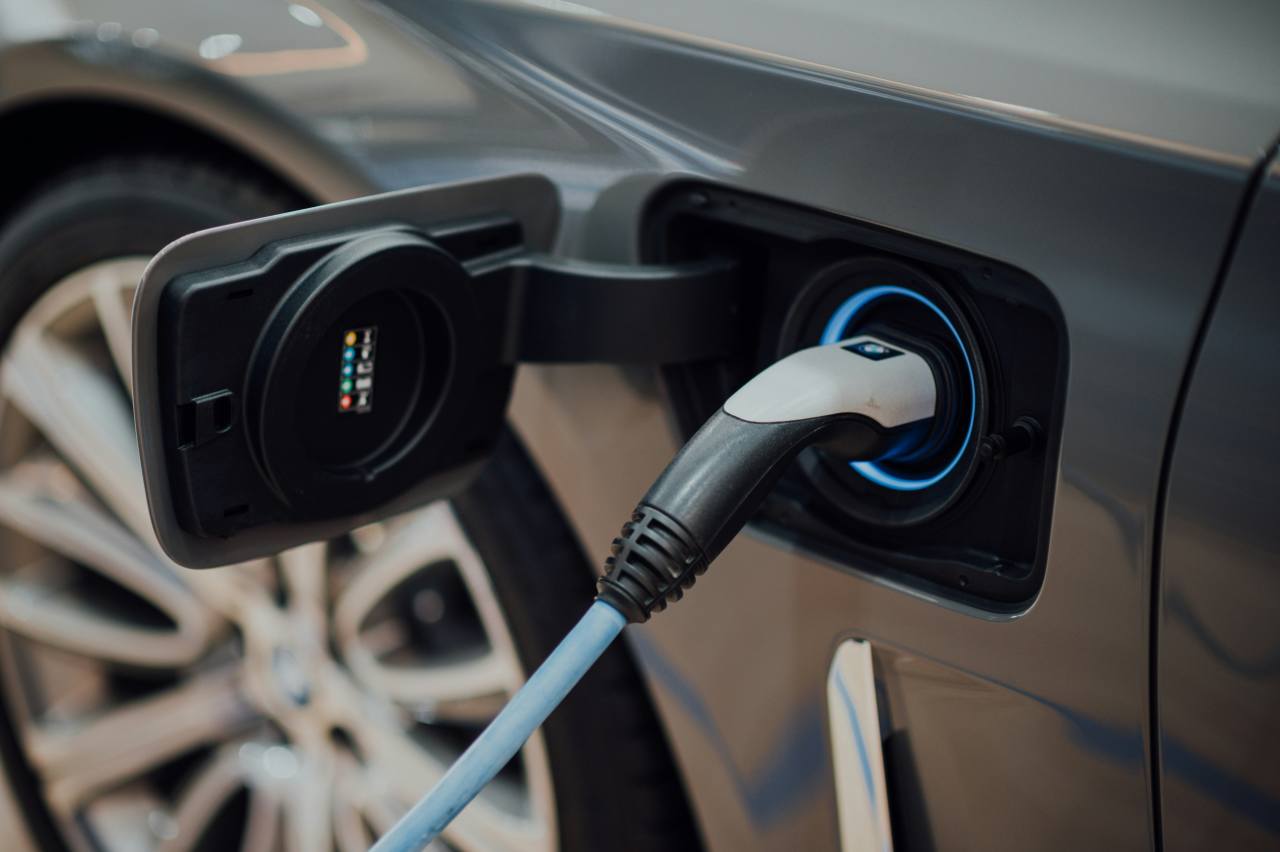
.jpg)

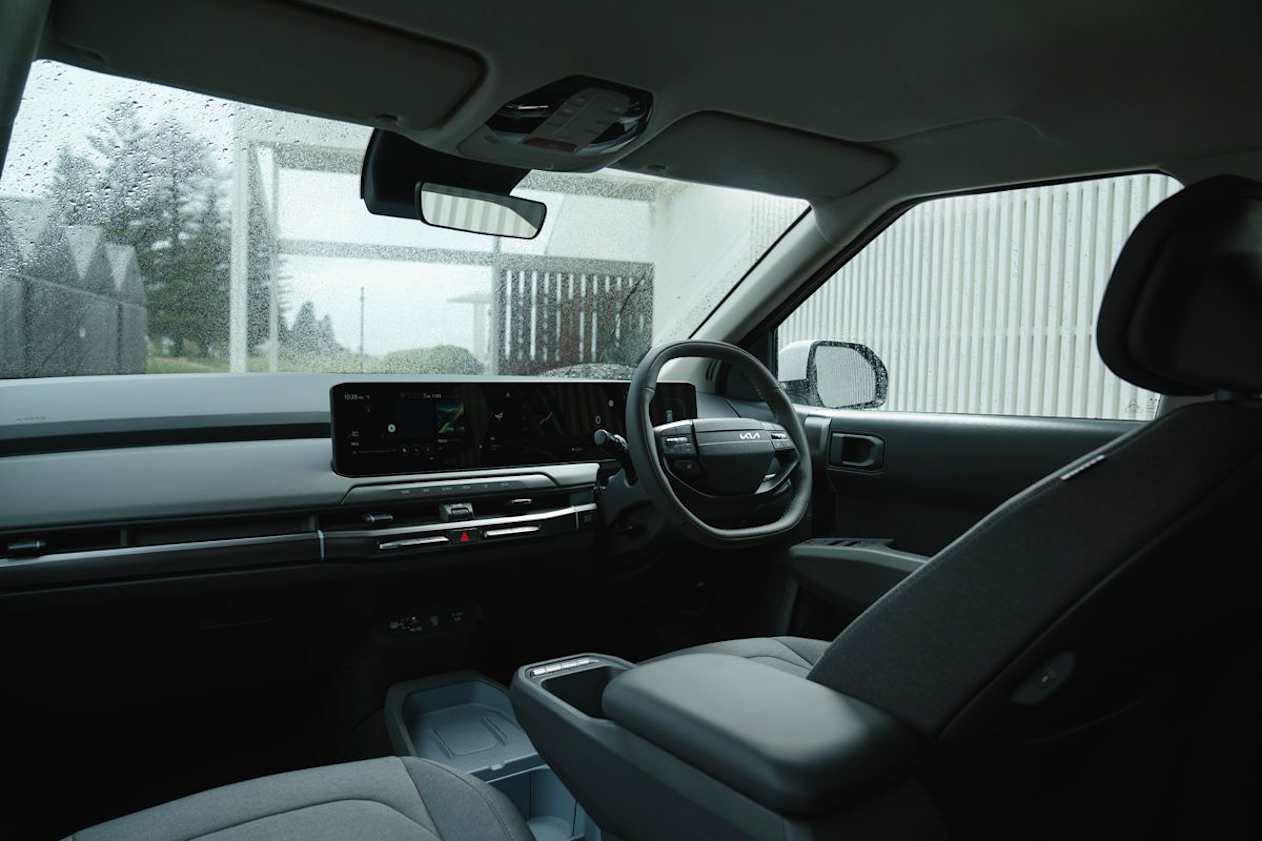
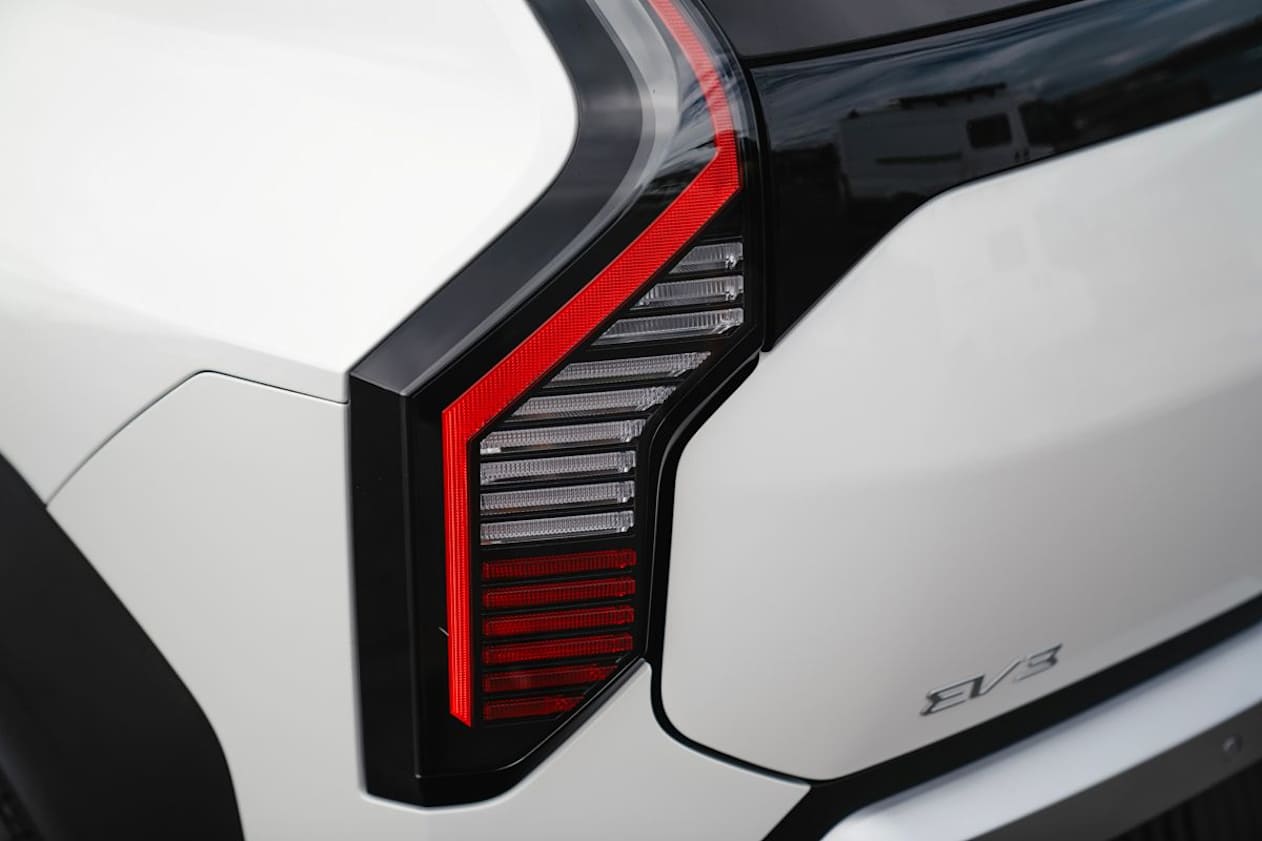
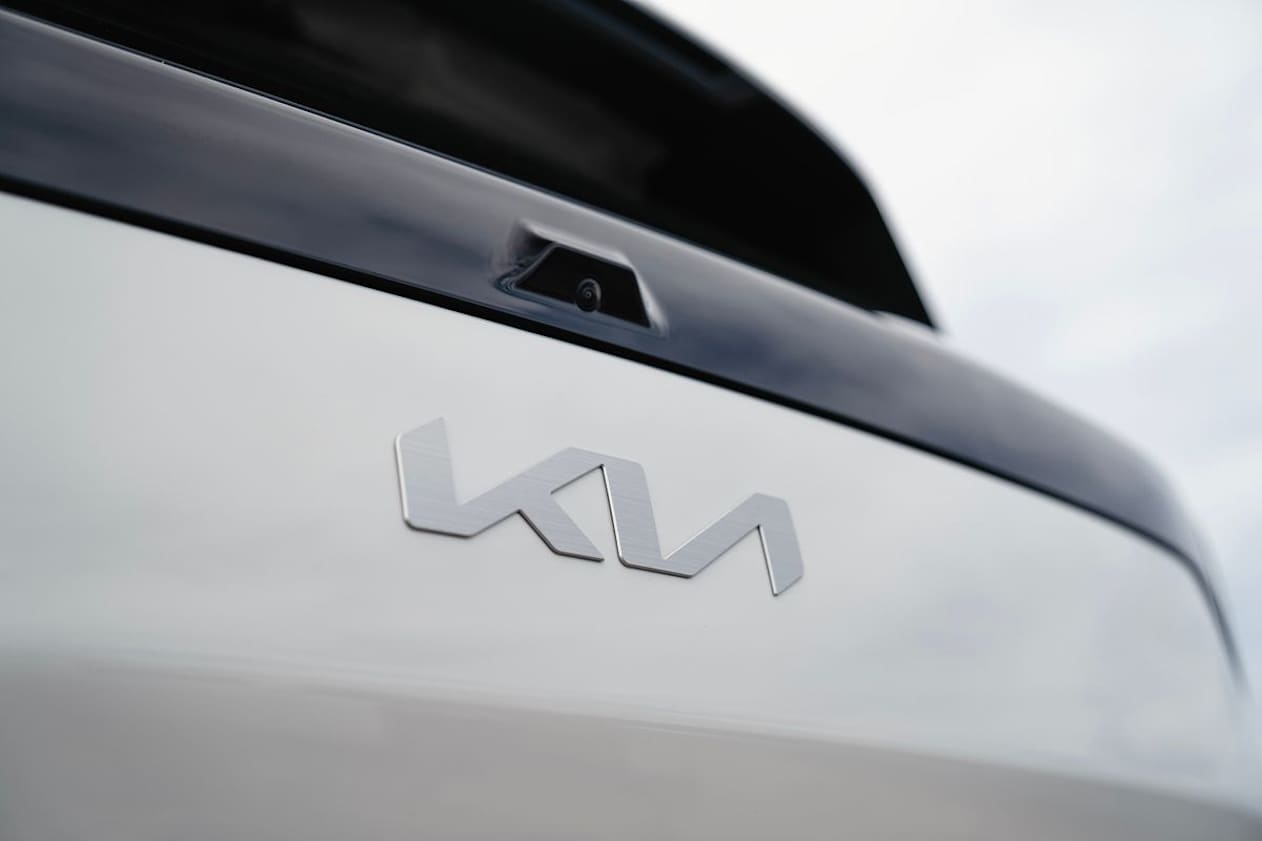
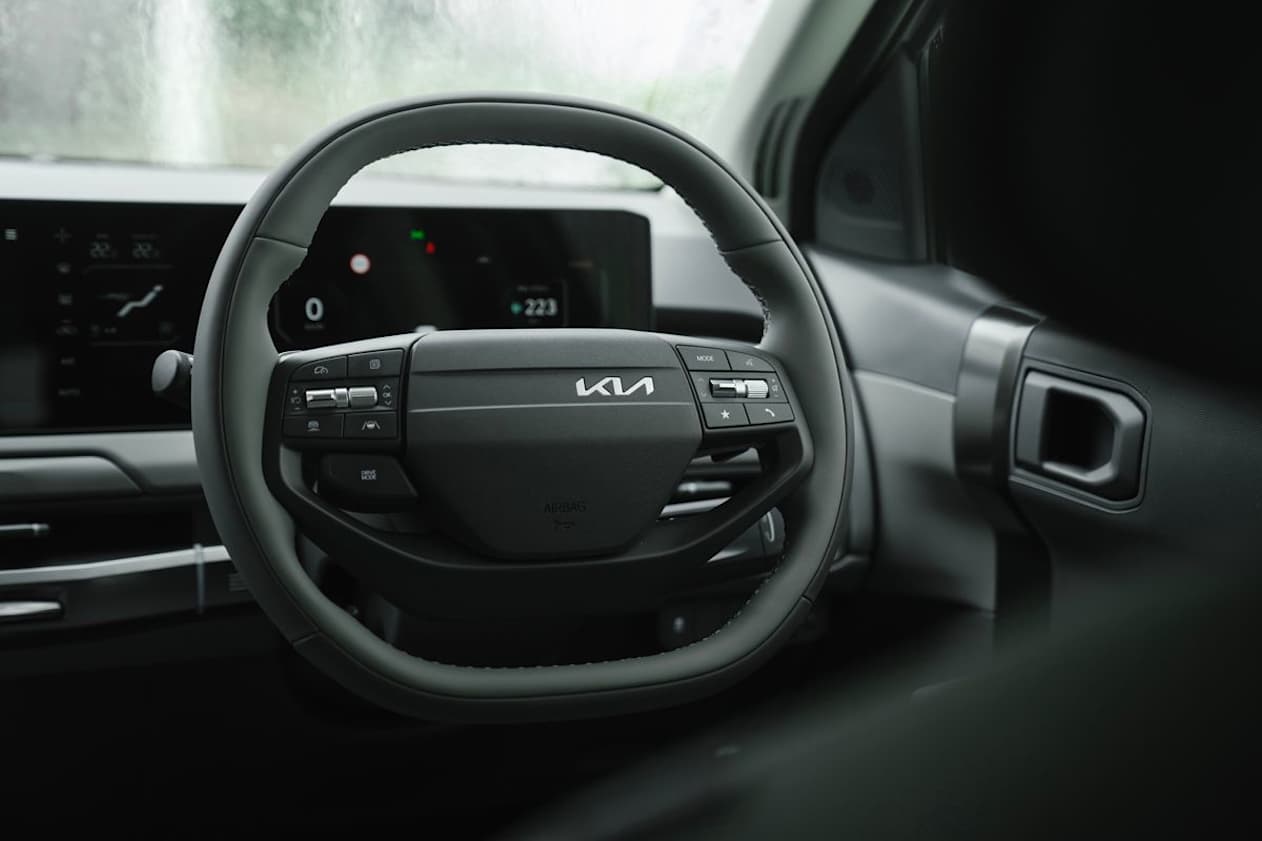
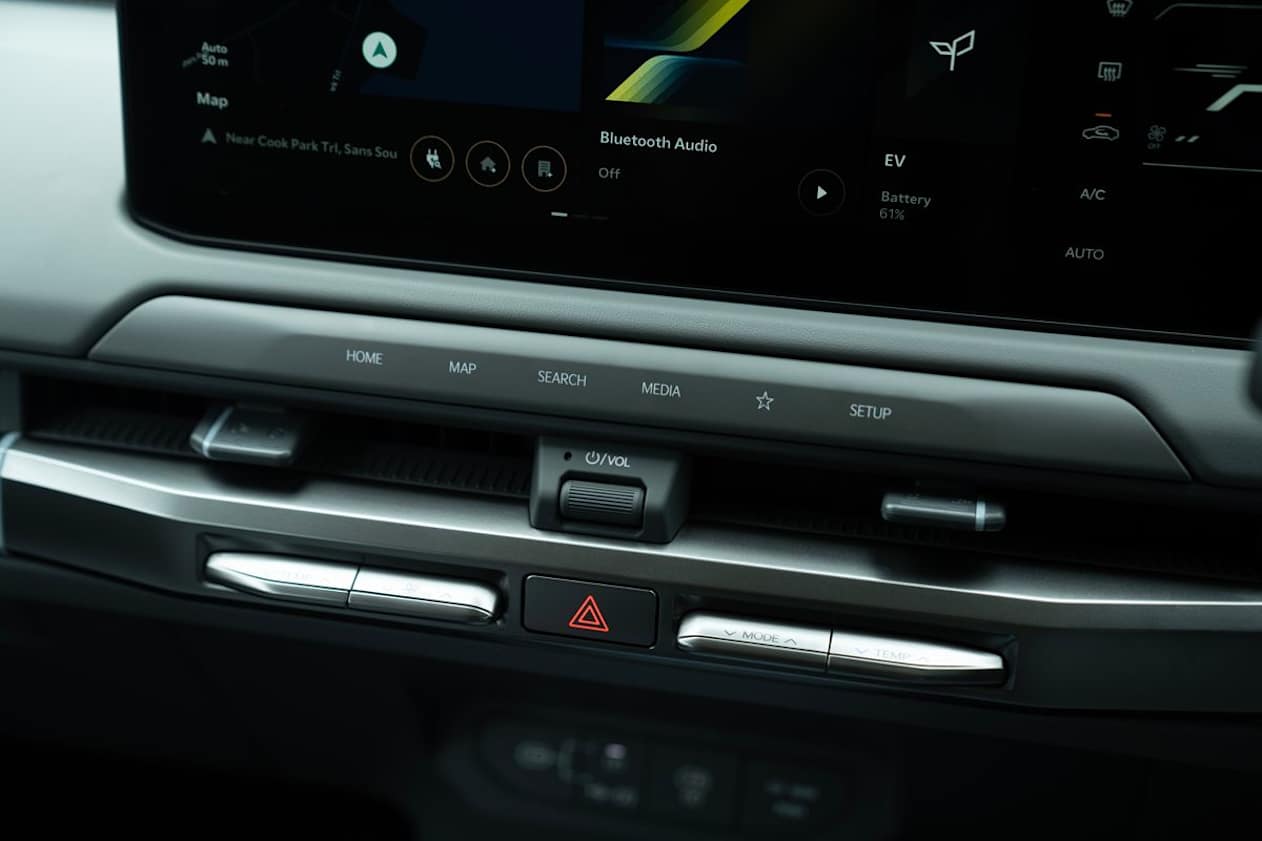
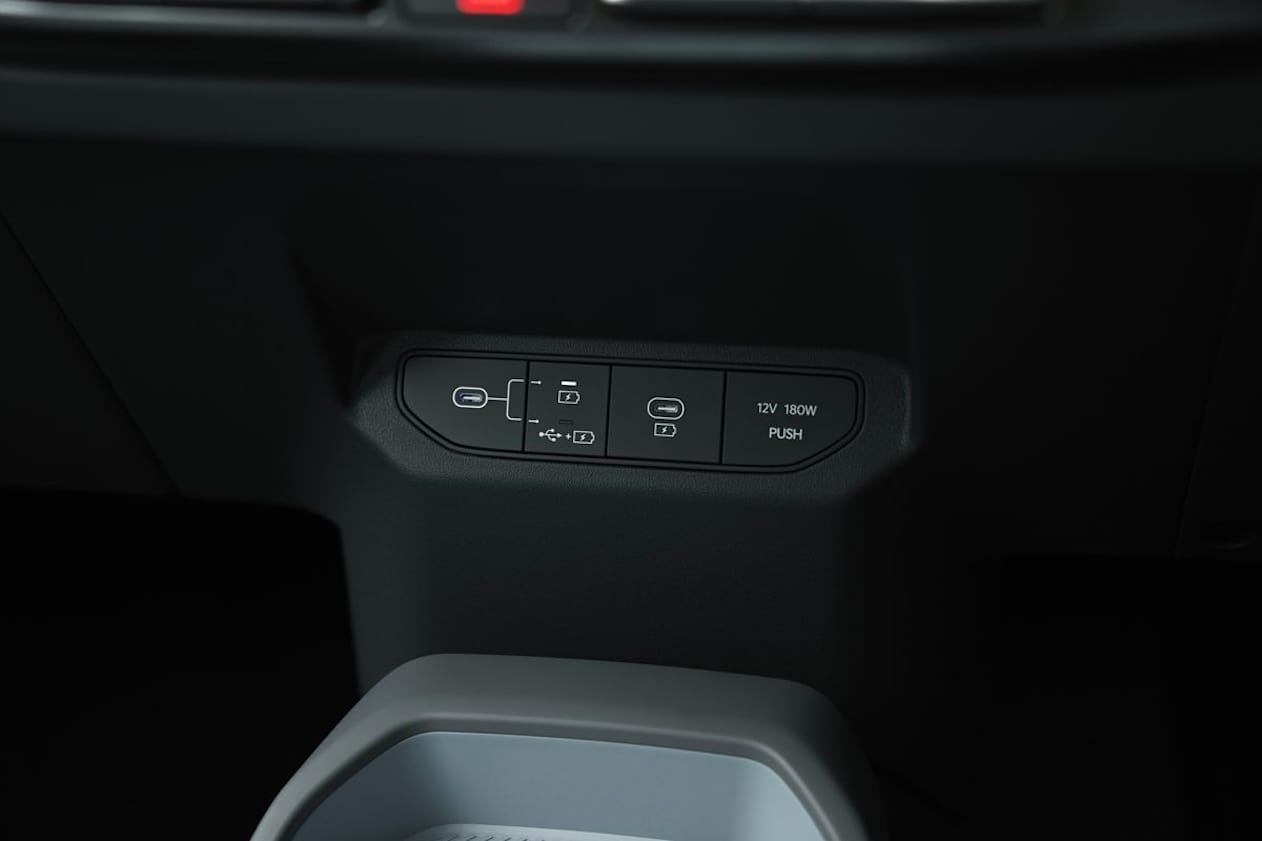
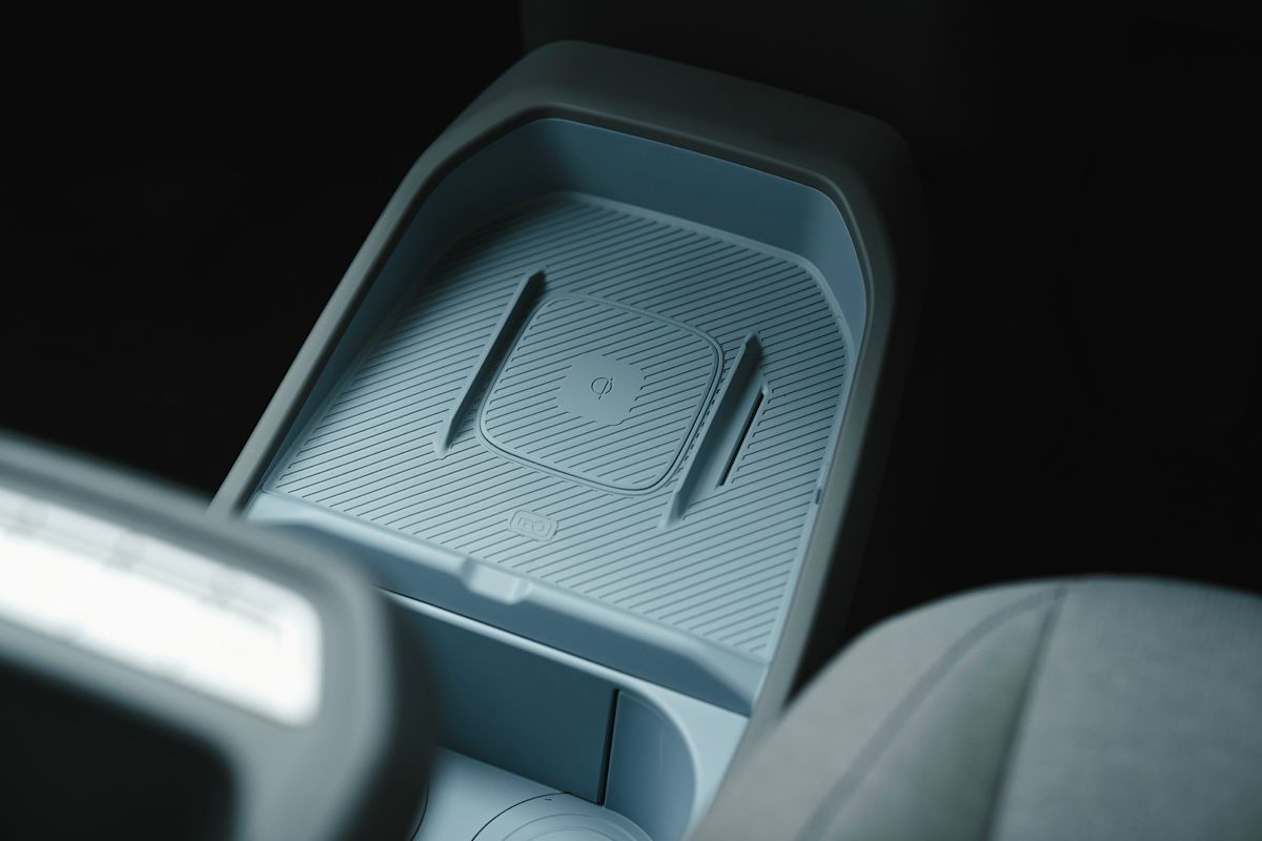
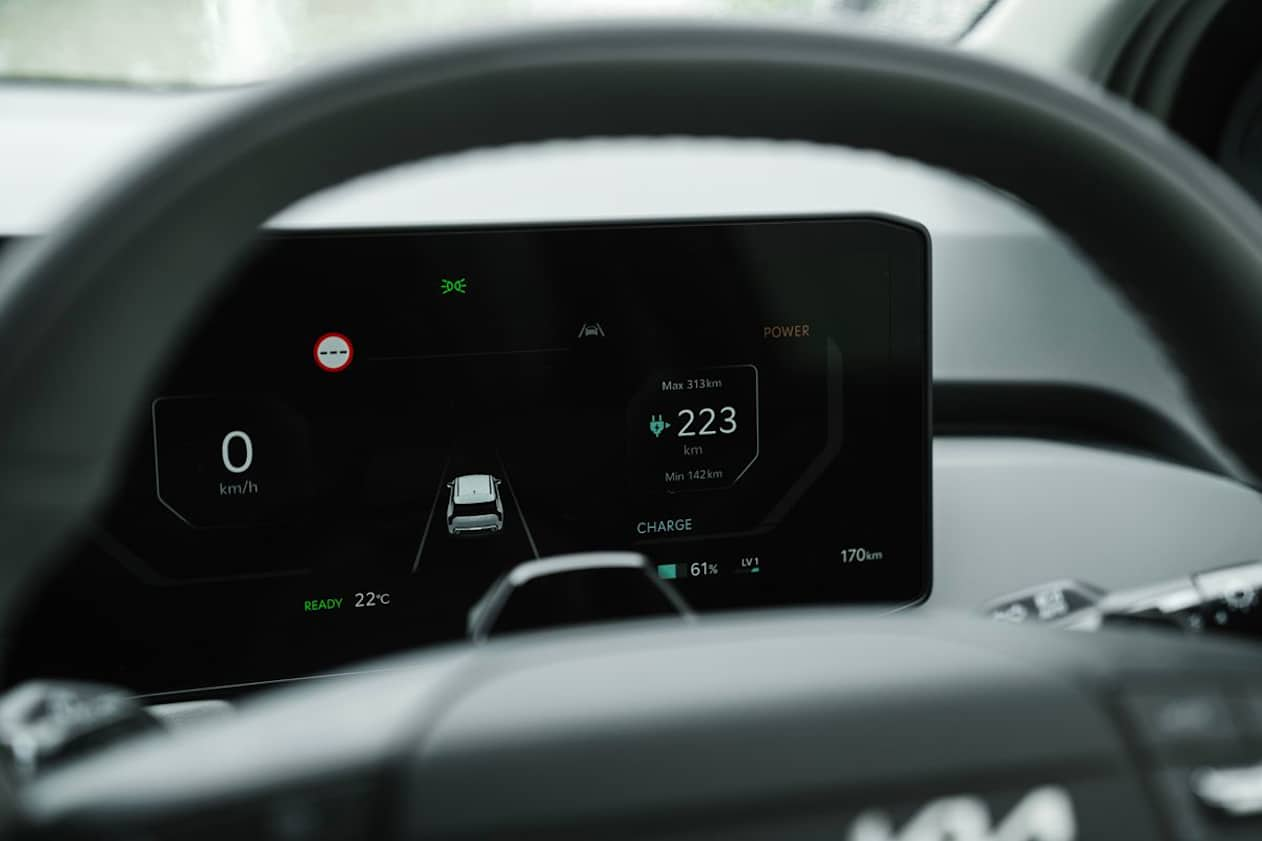










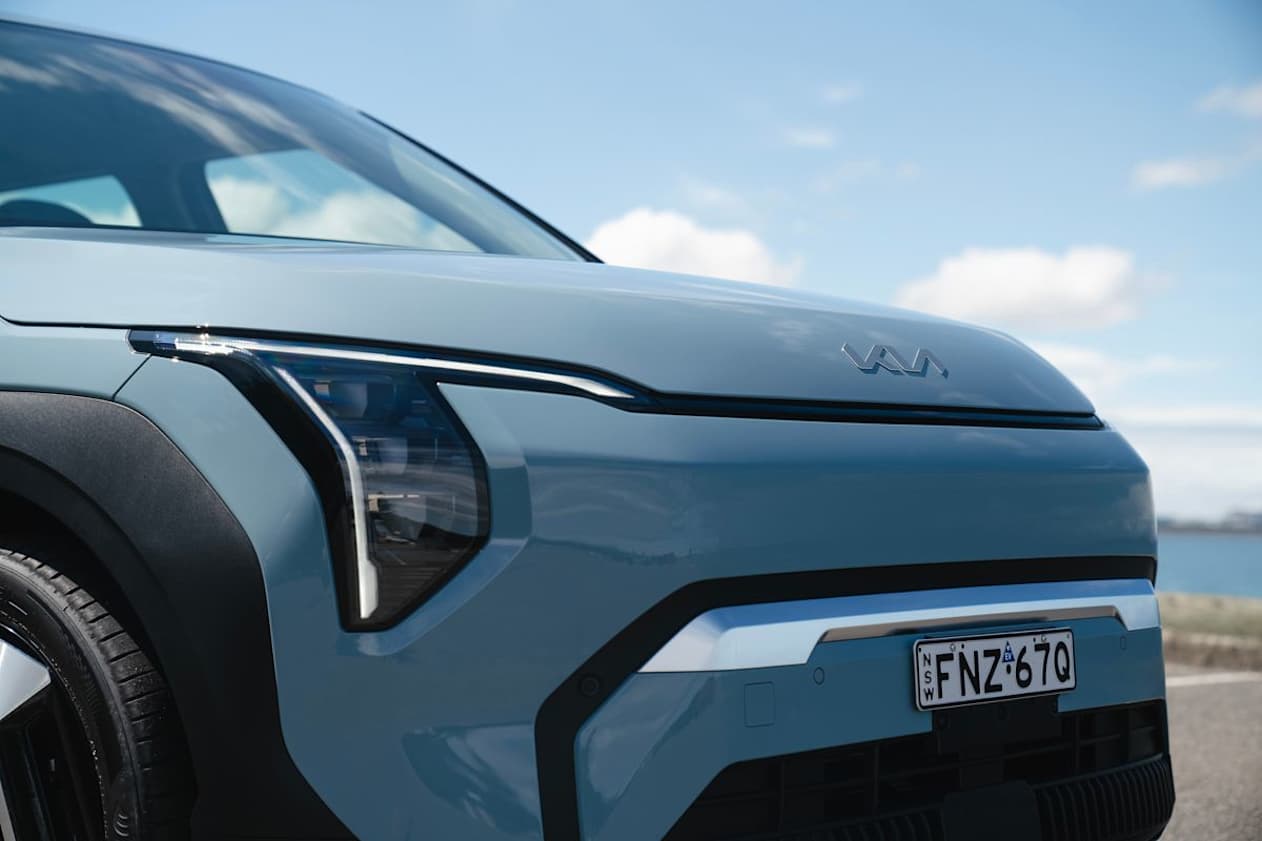
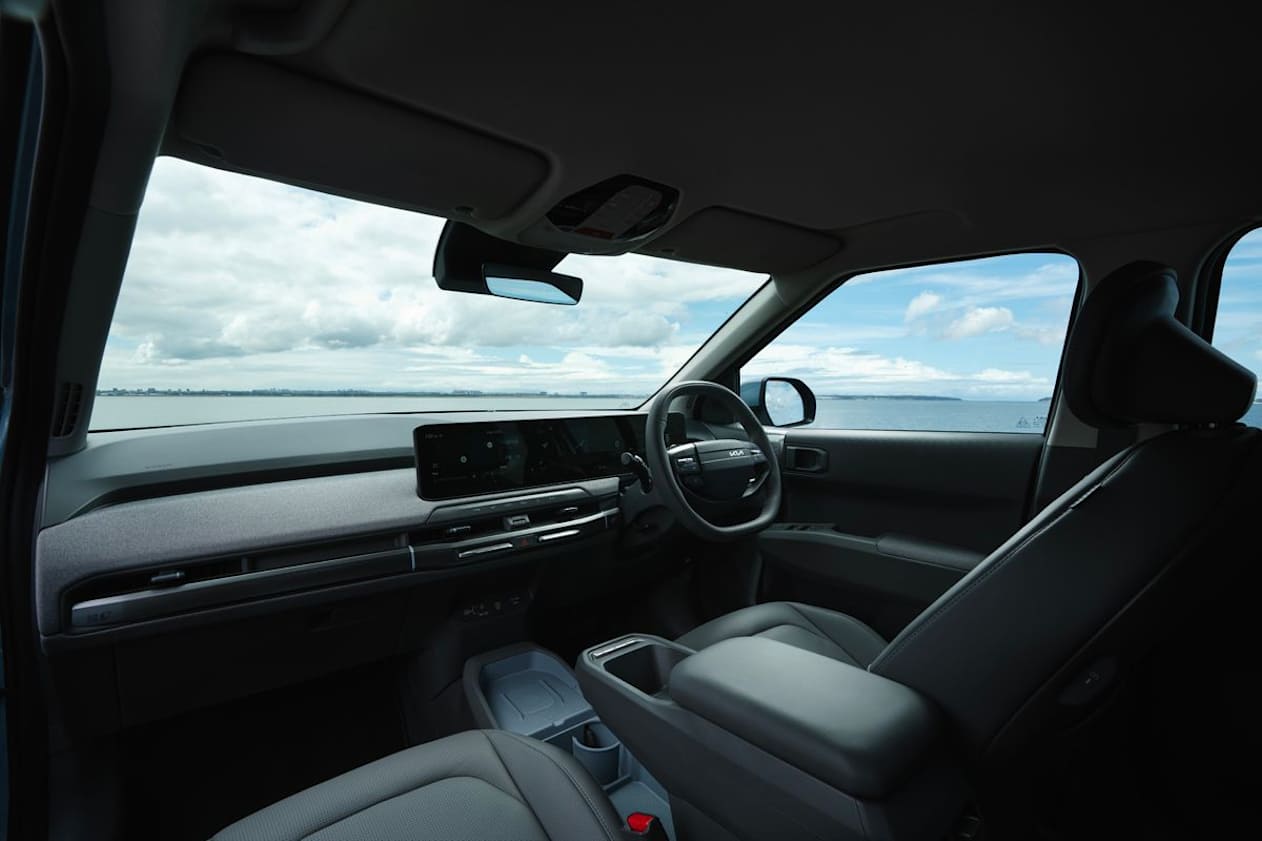
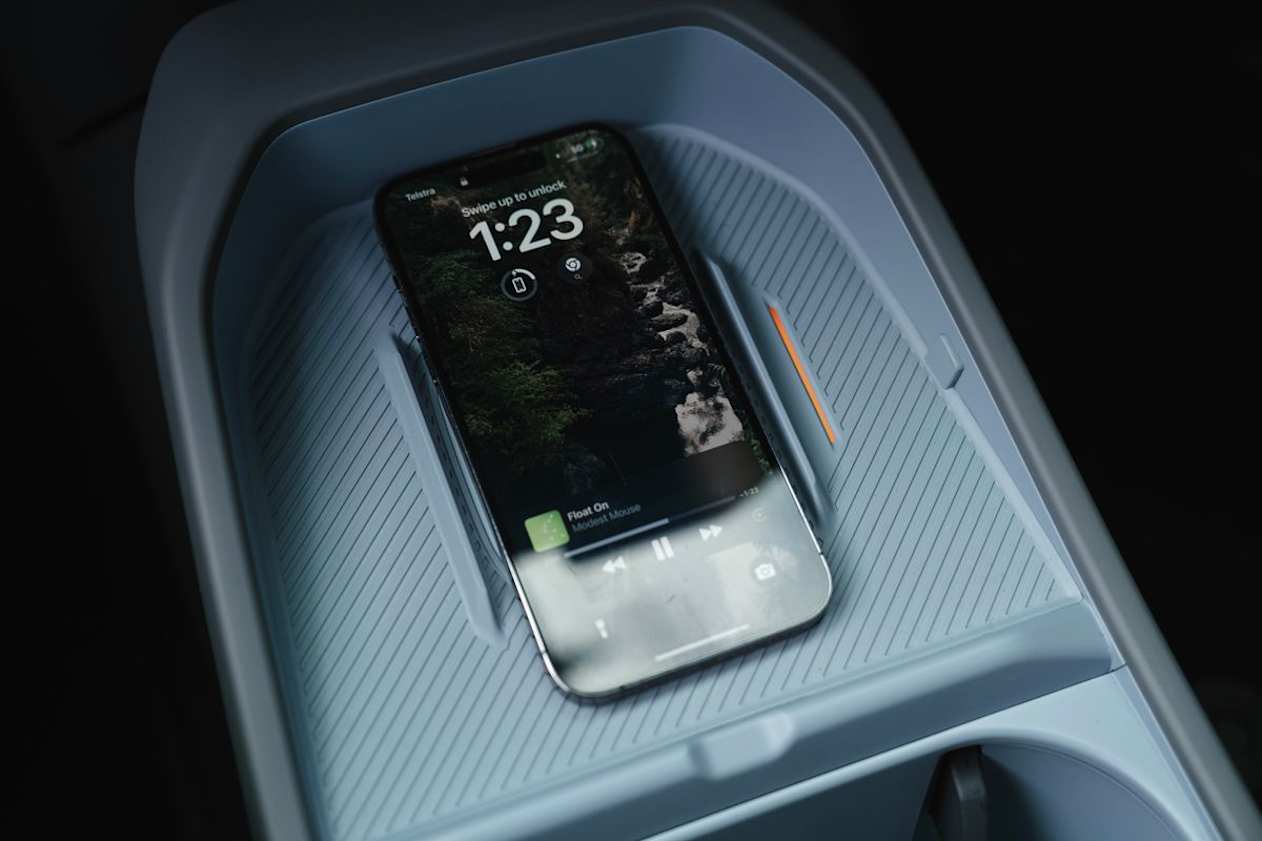
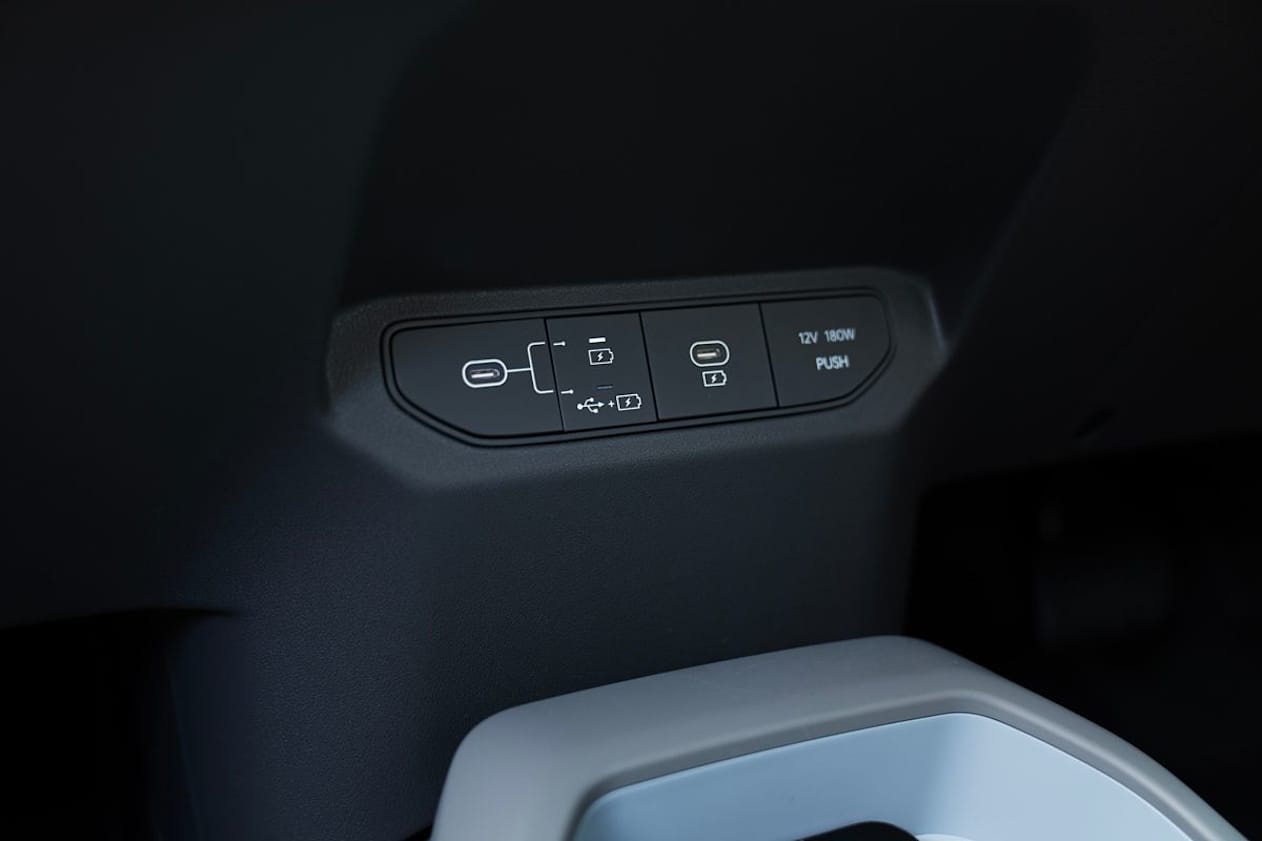
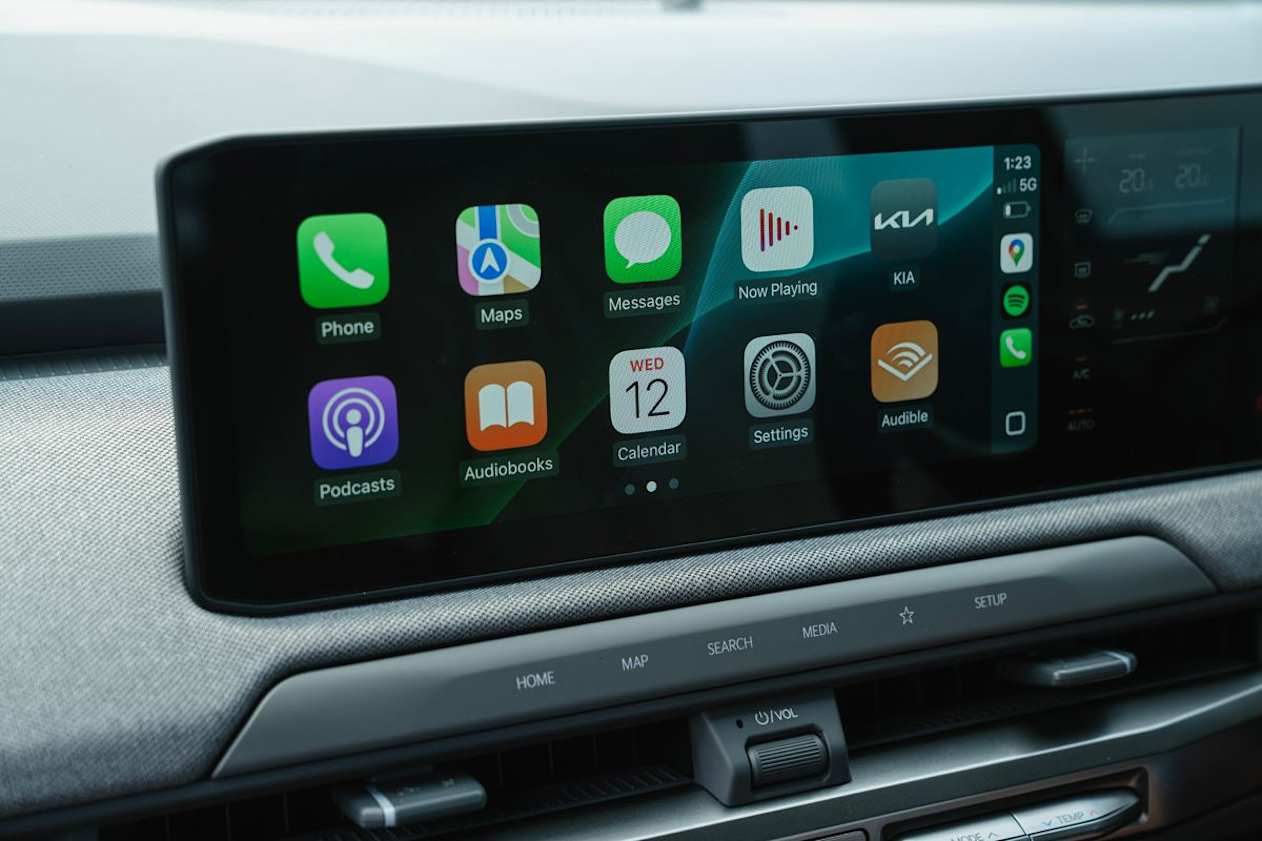
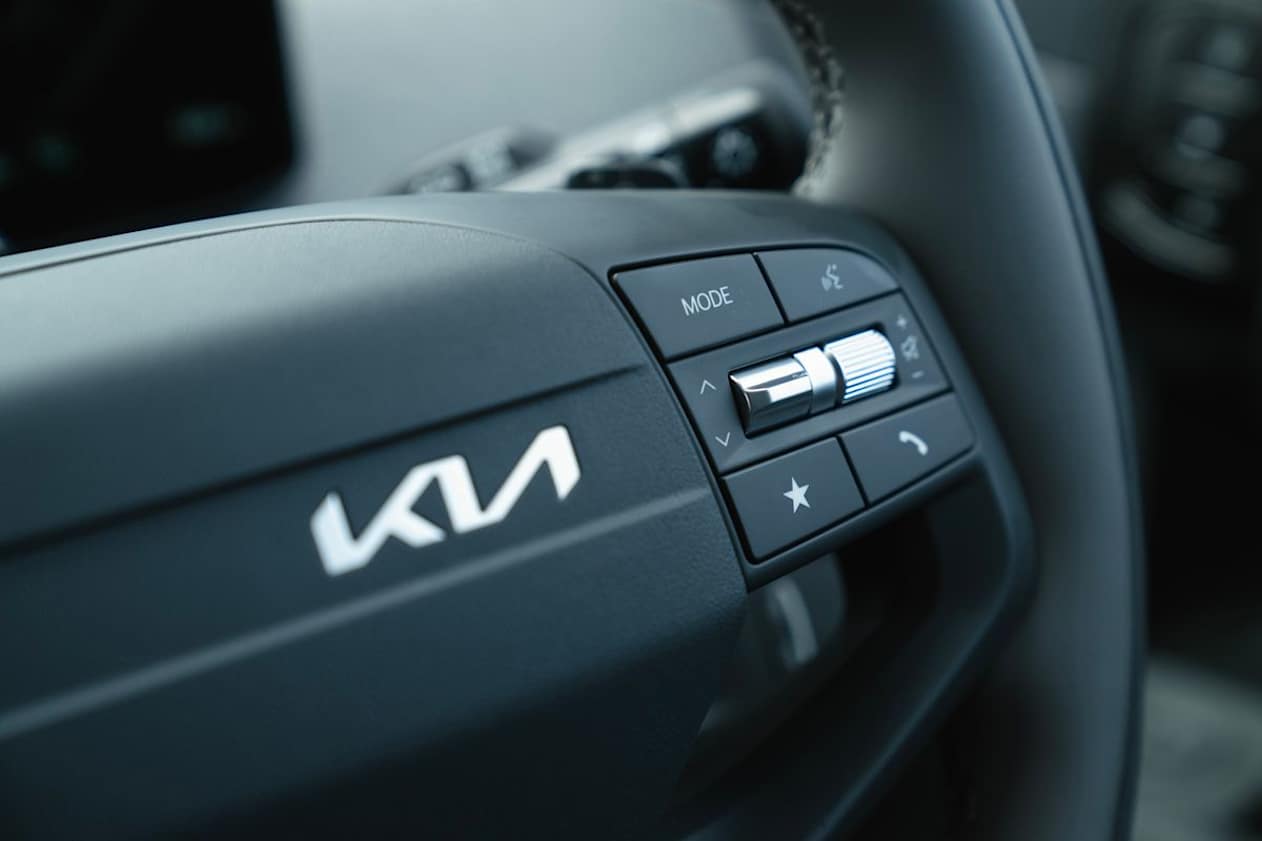




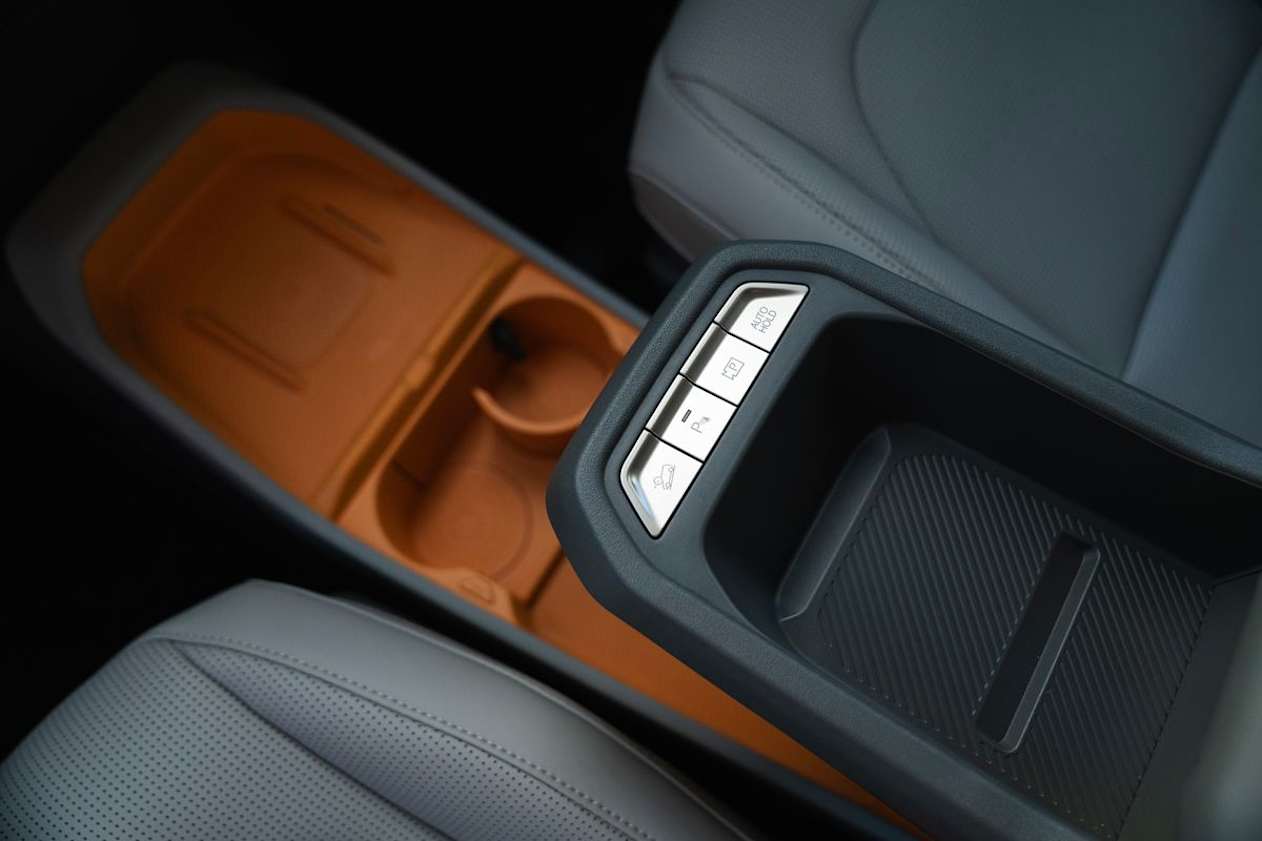


























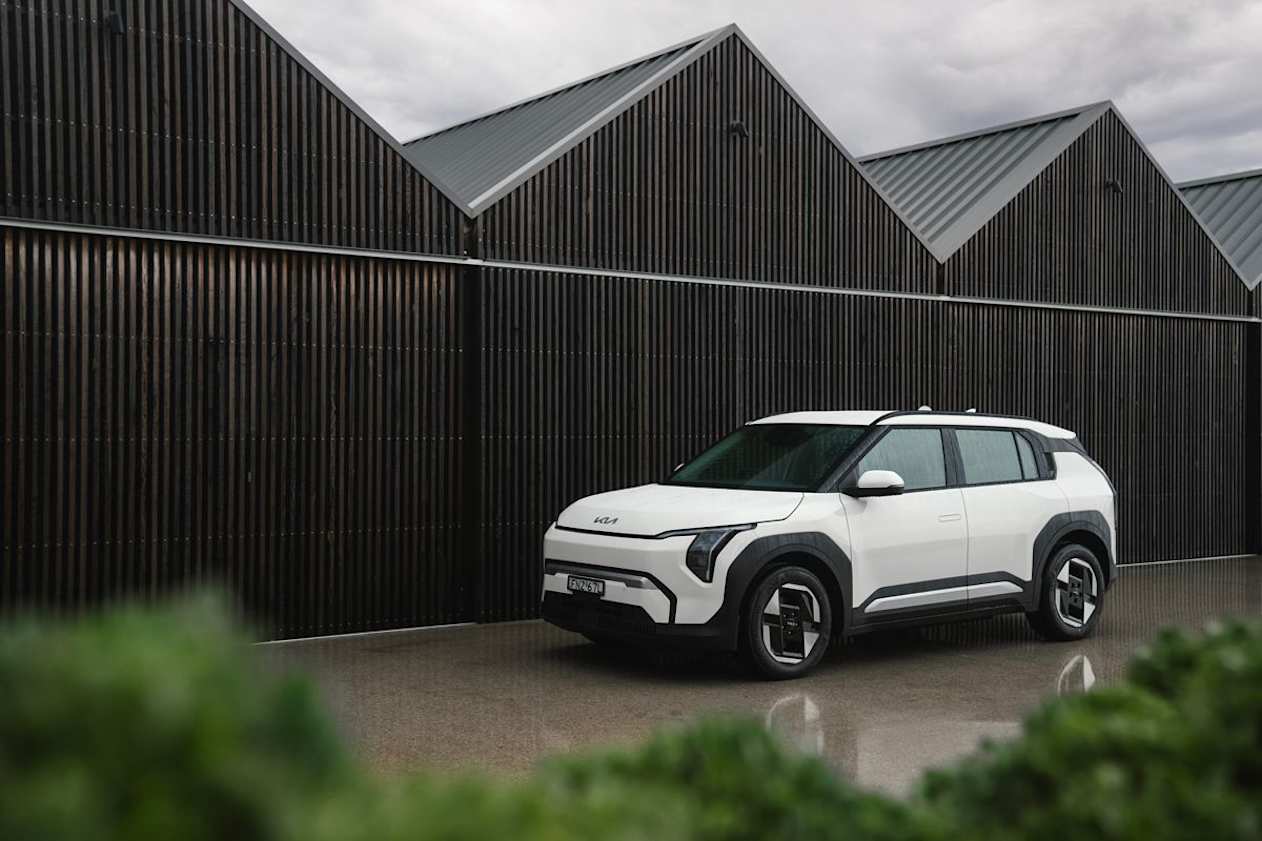
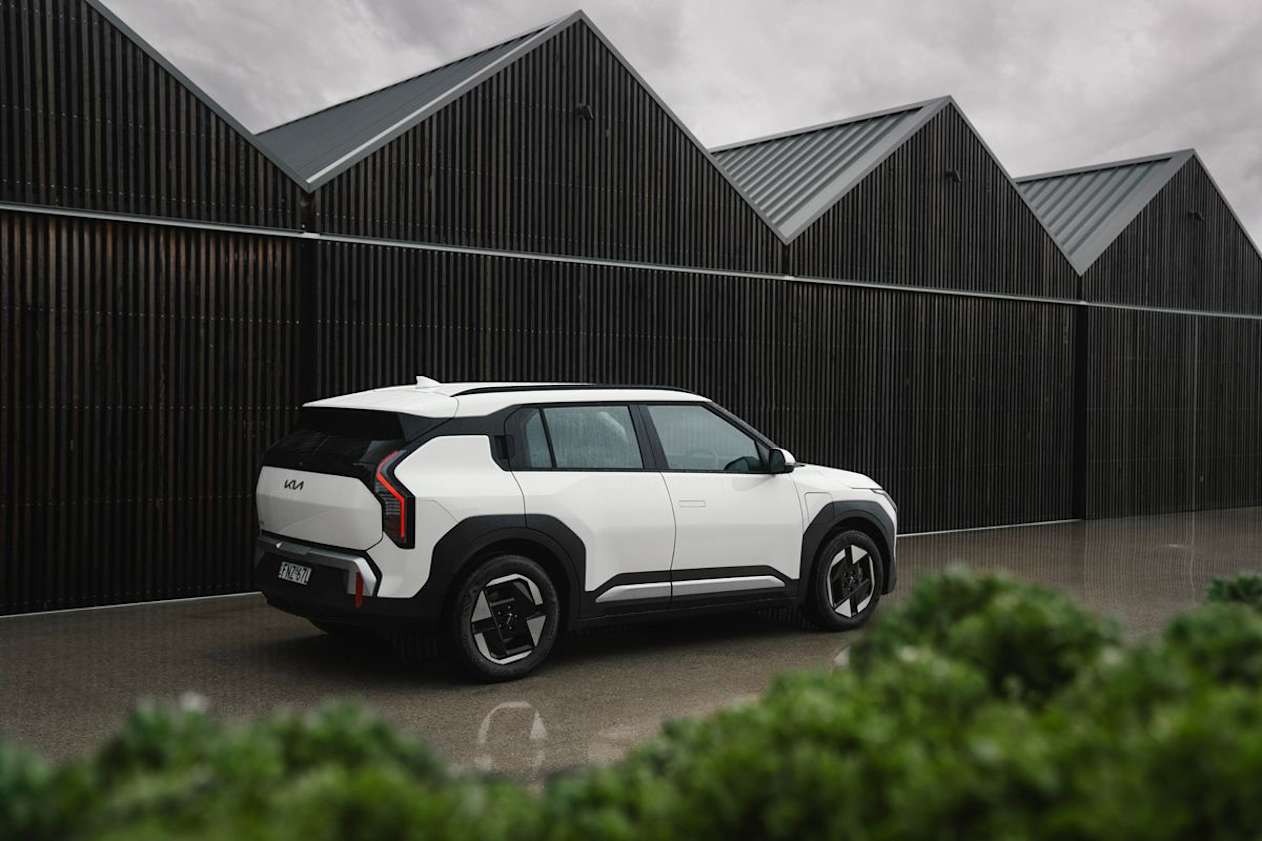
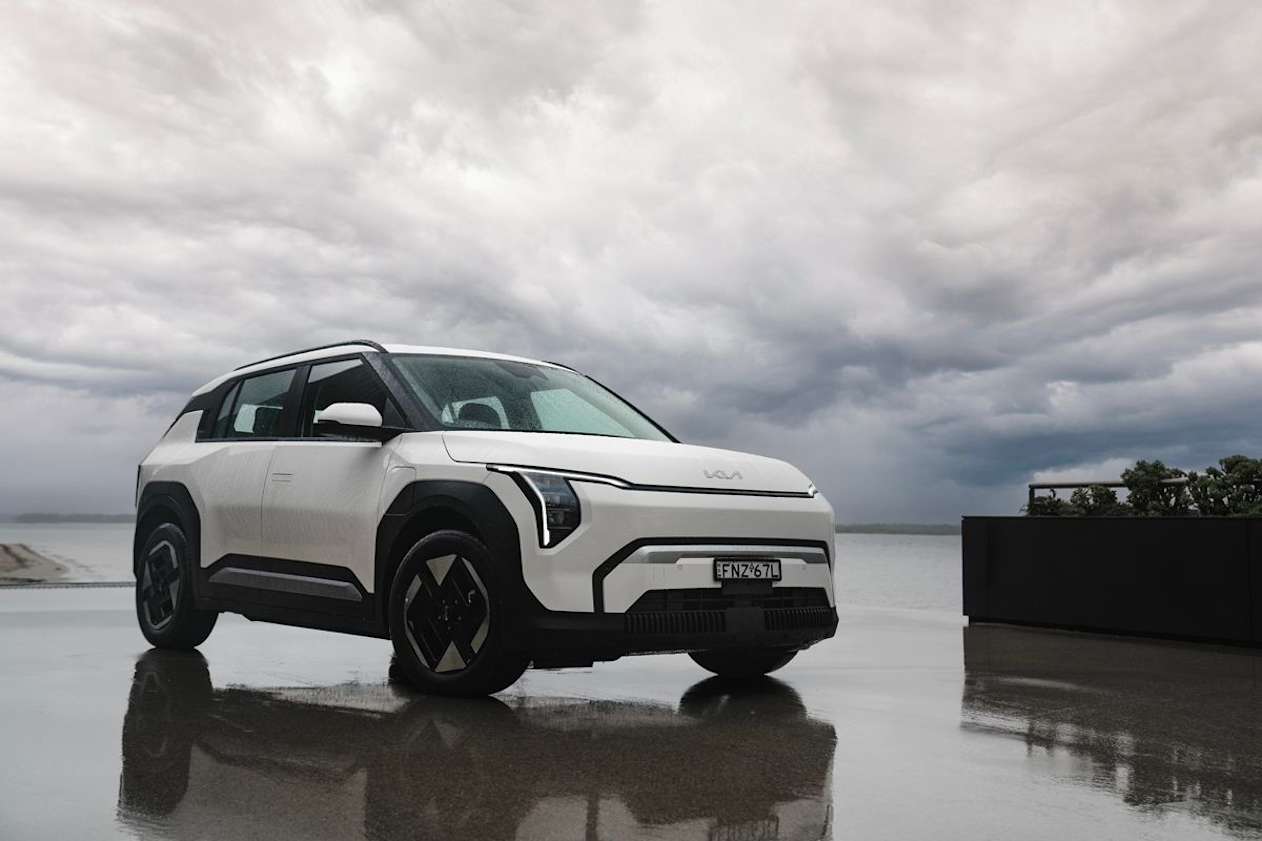

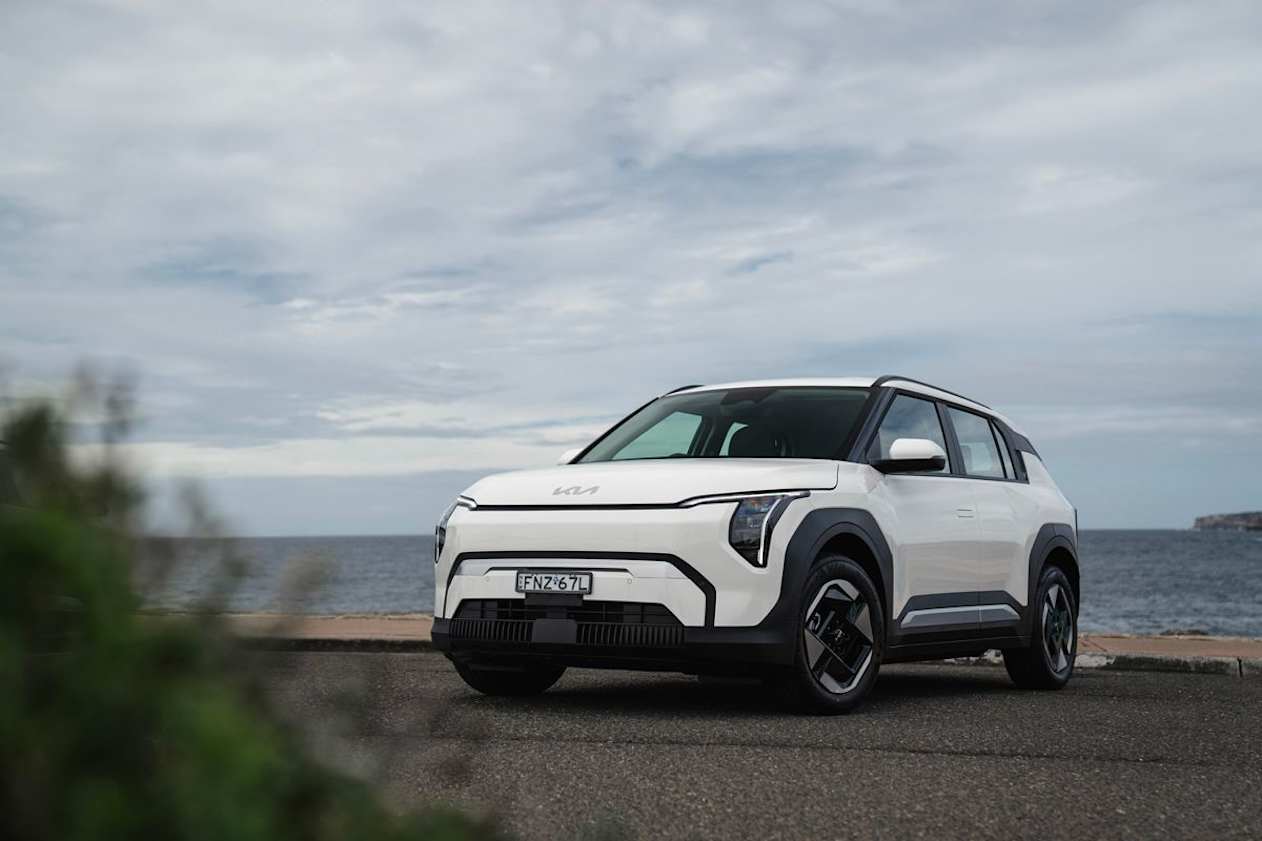

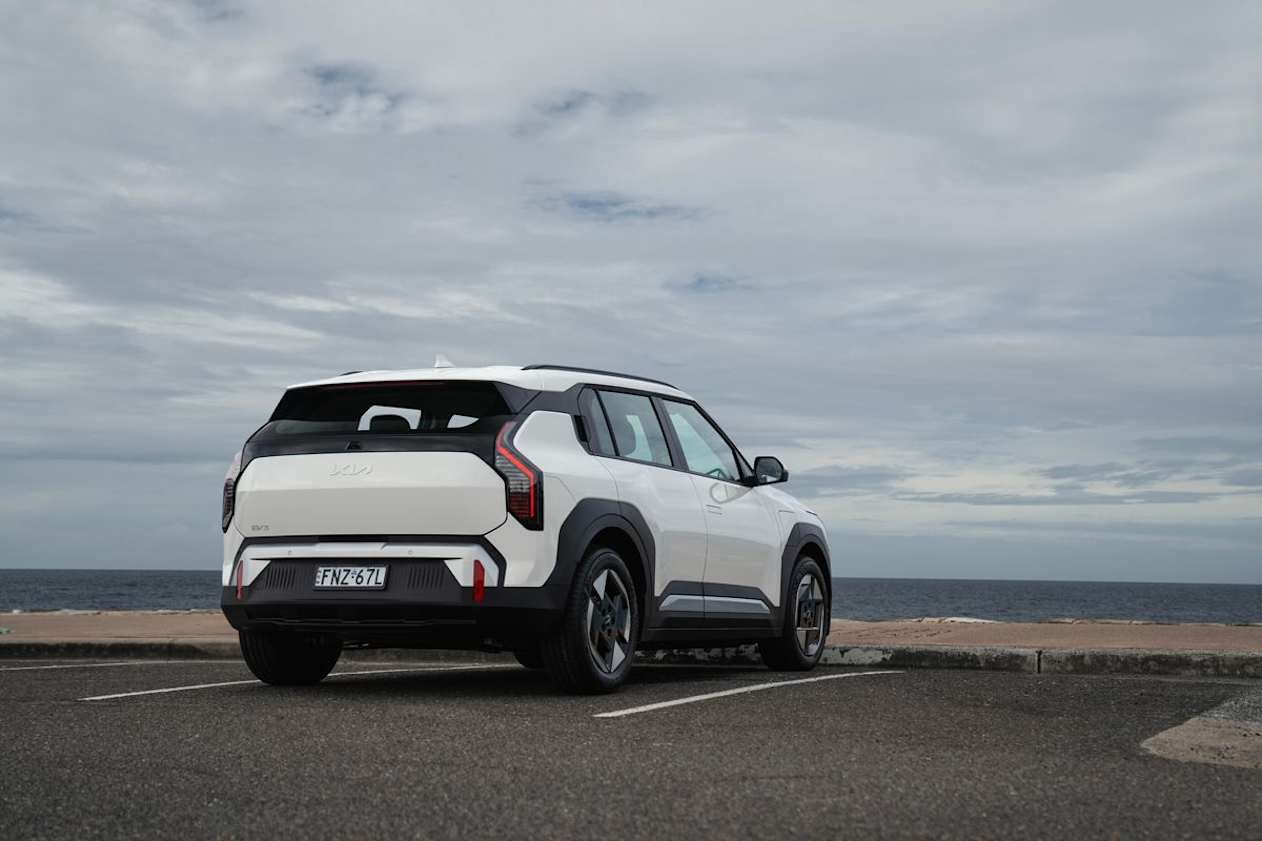
















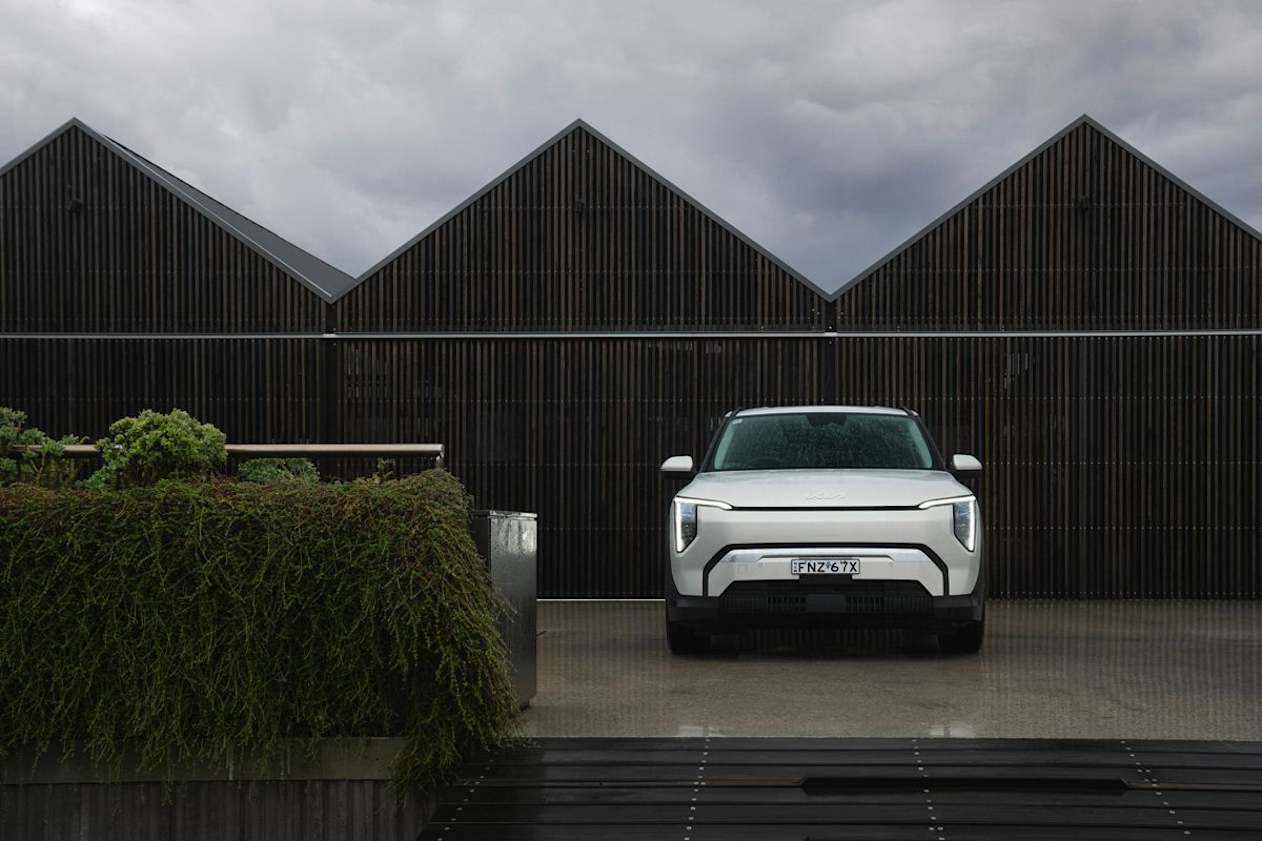


































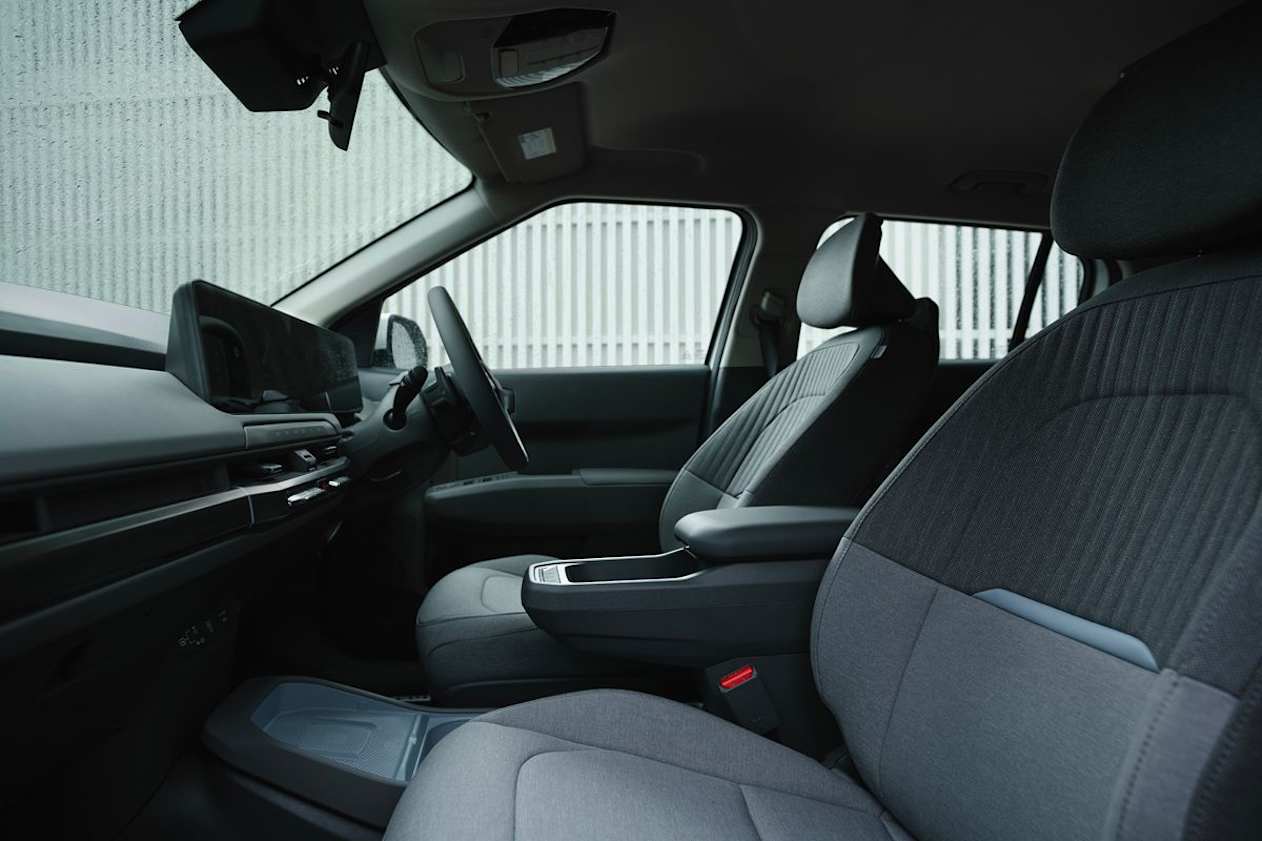
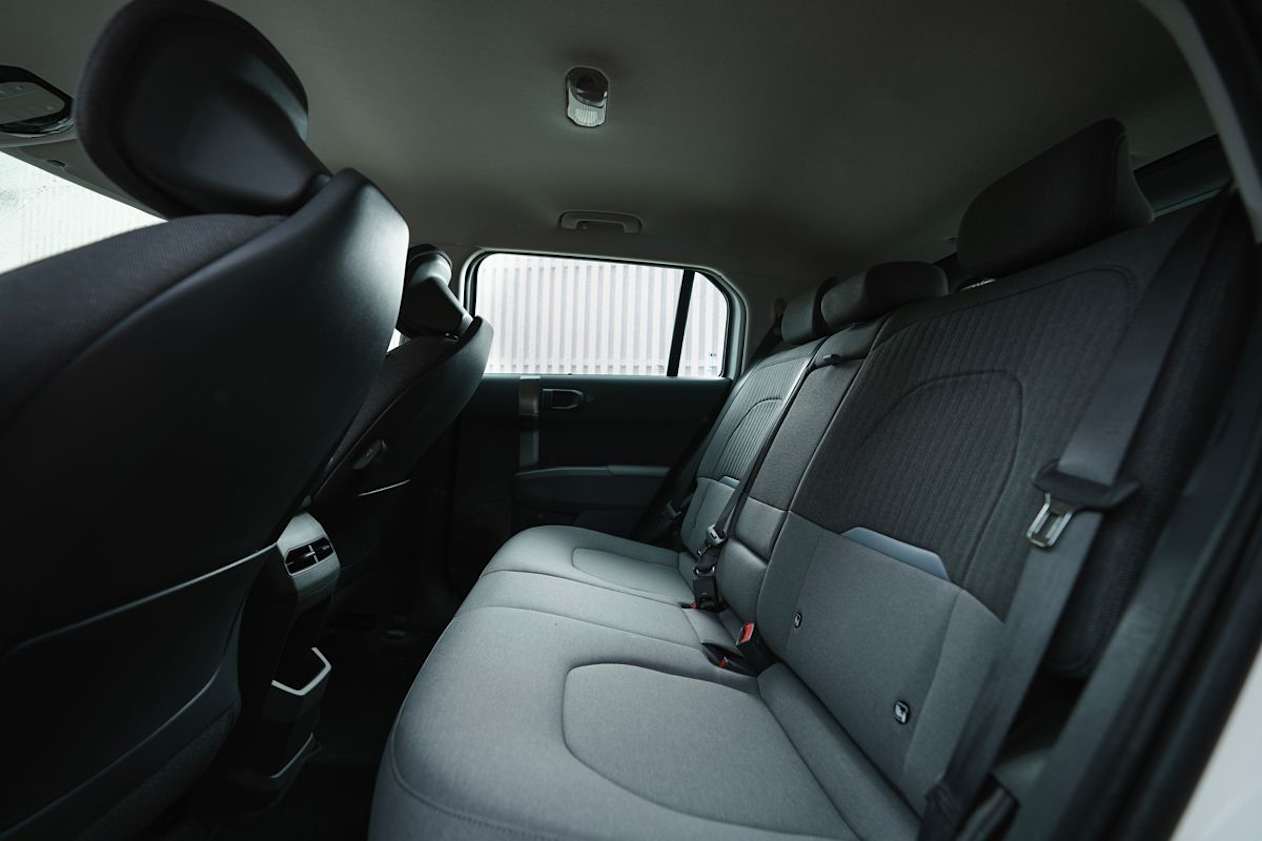
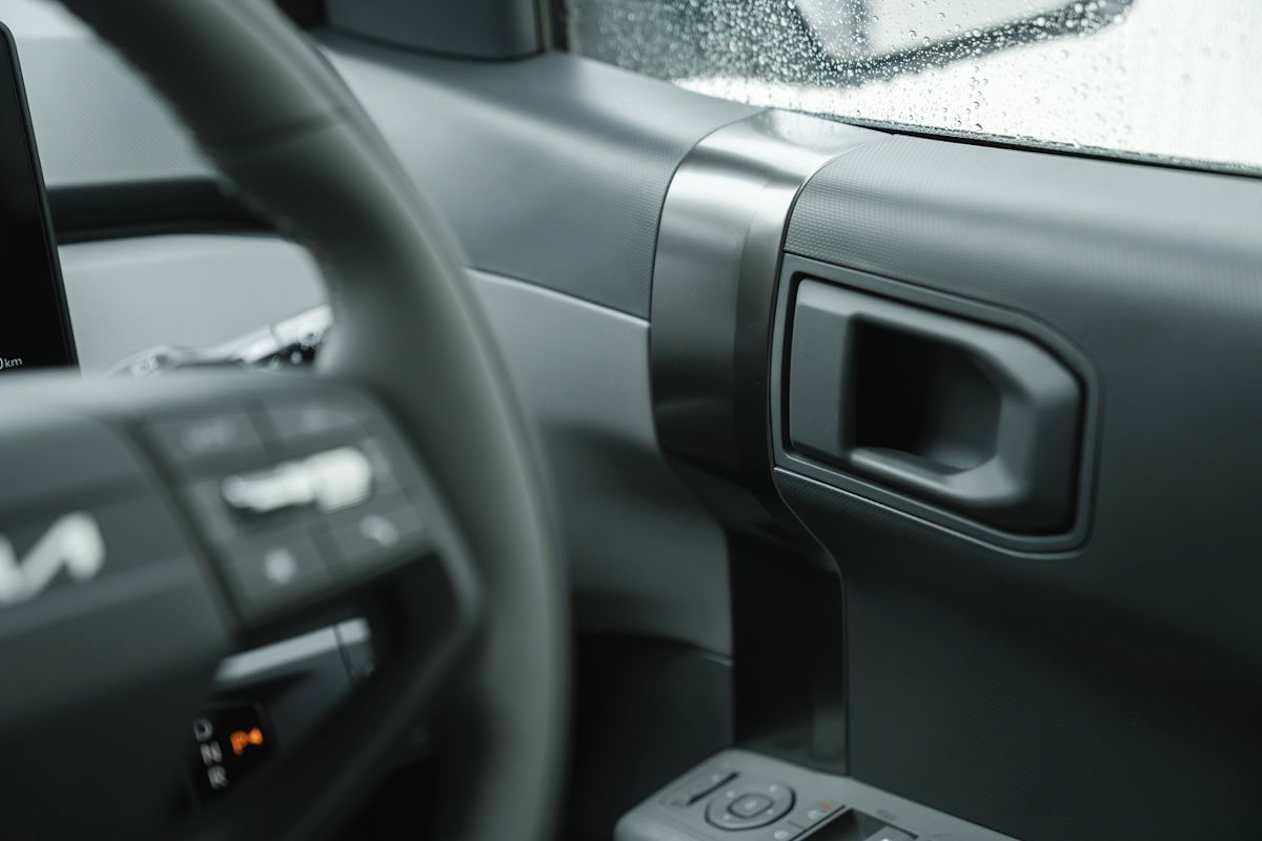
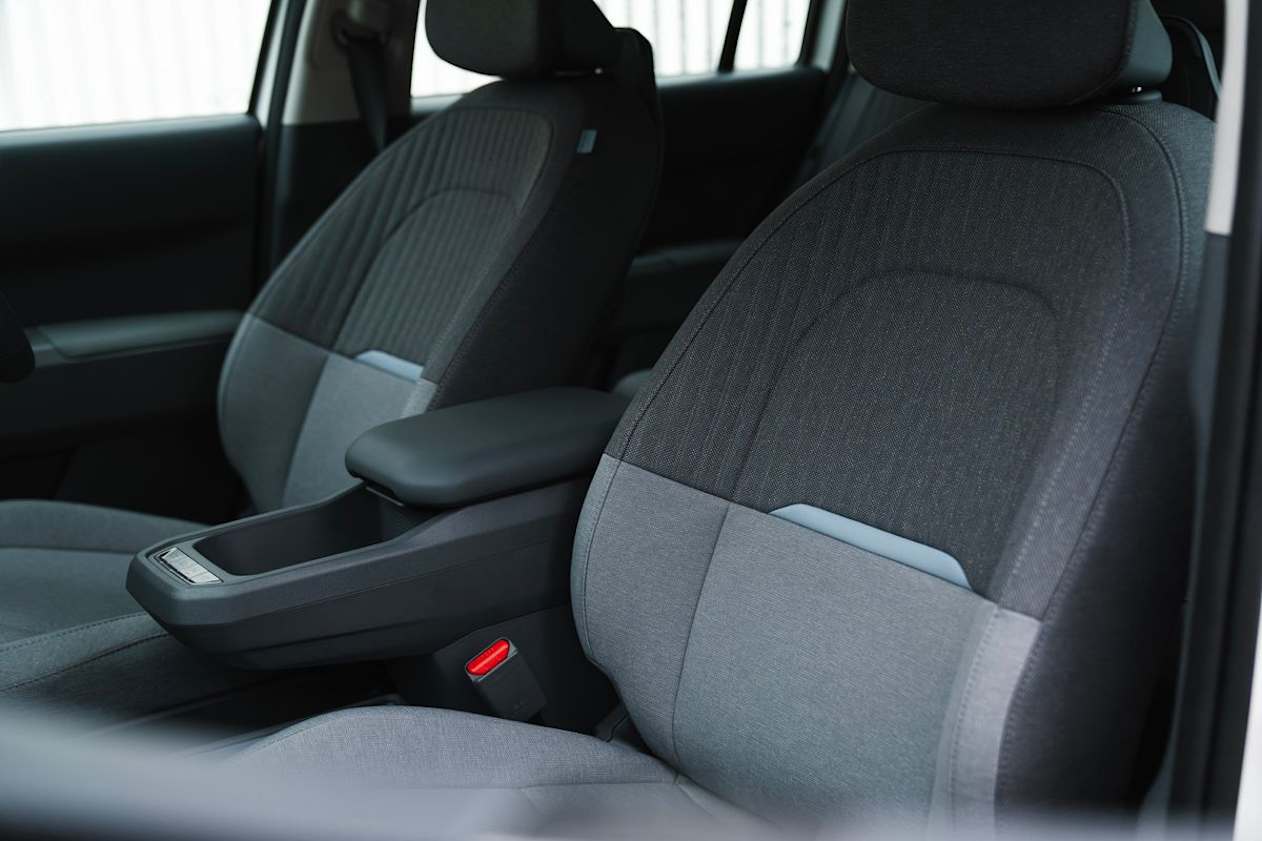




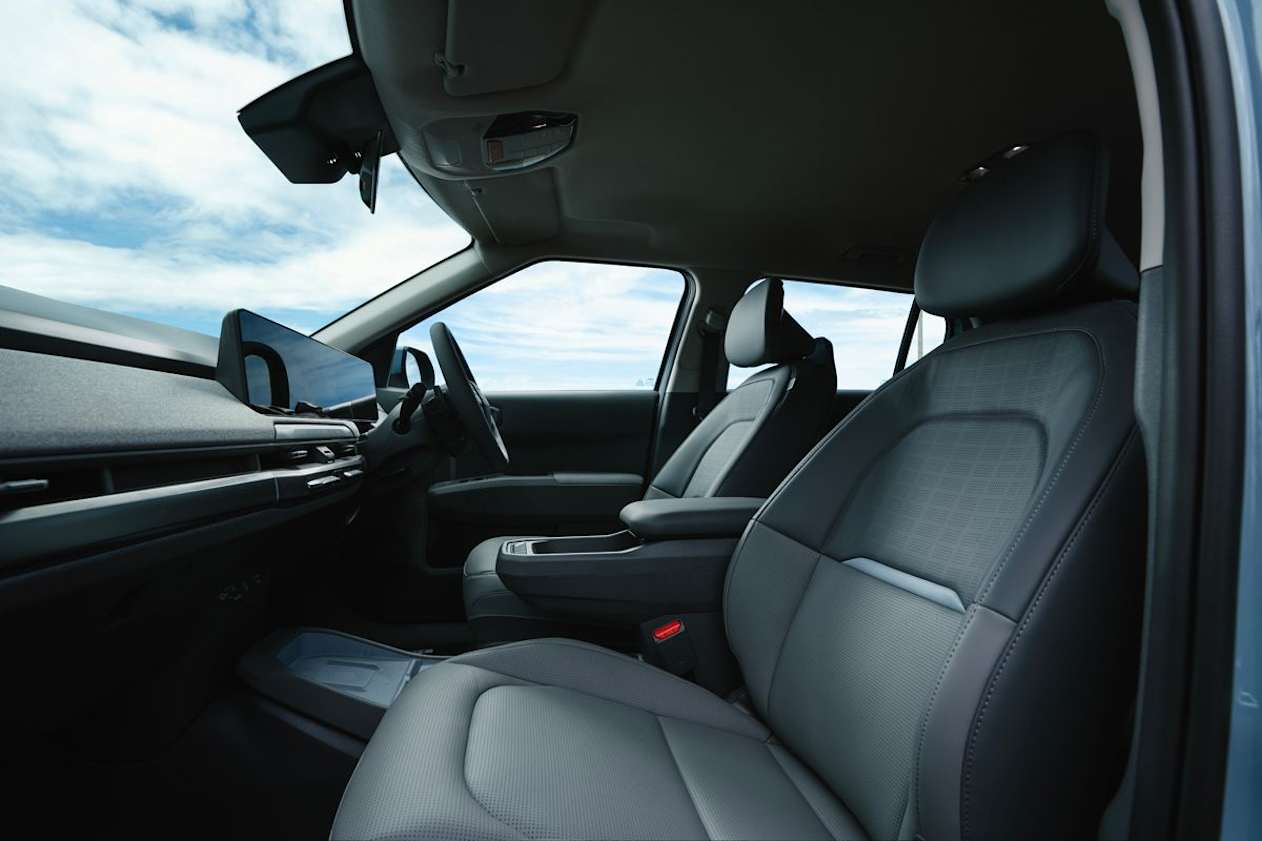
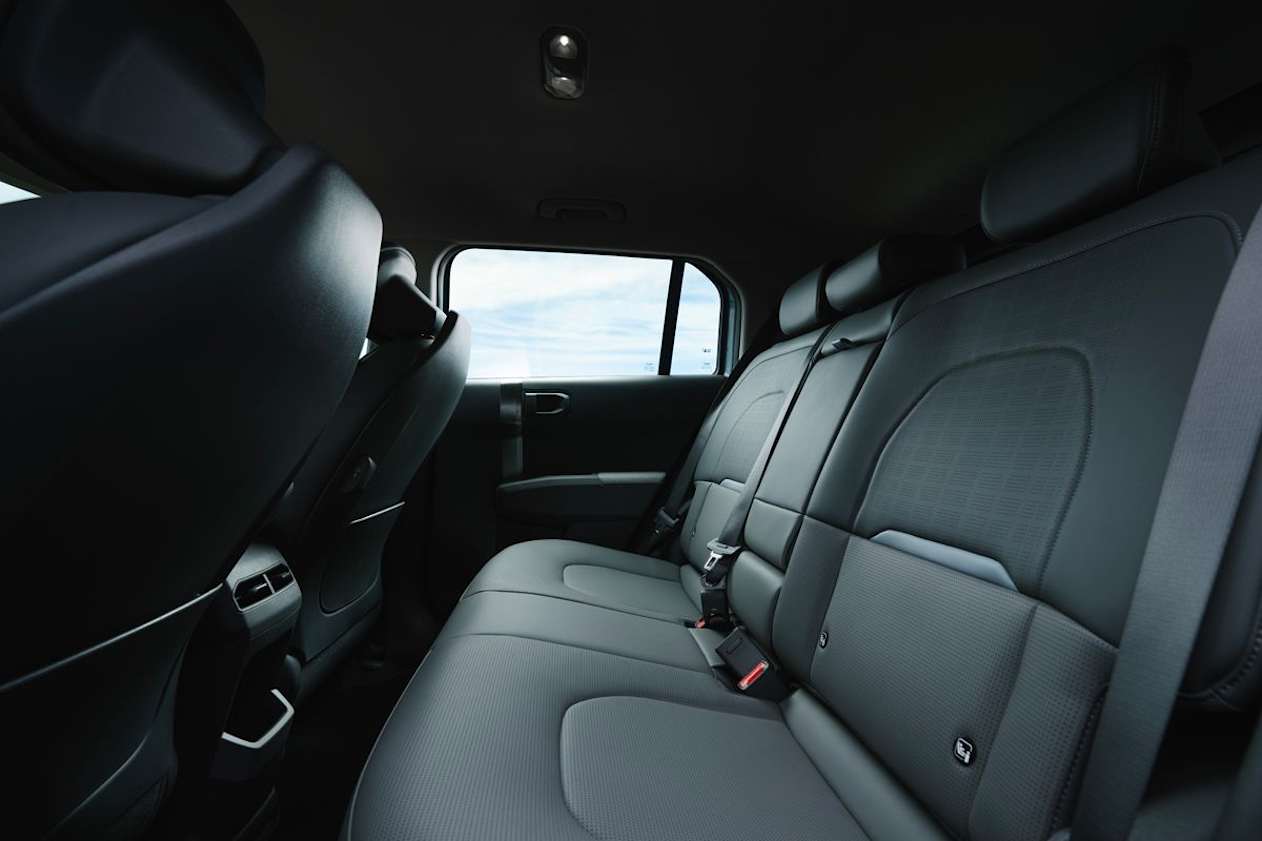
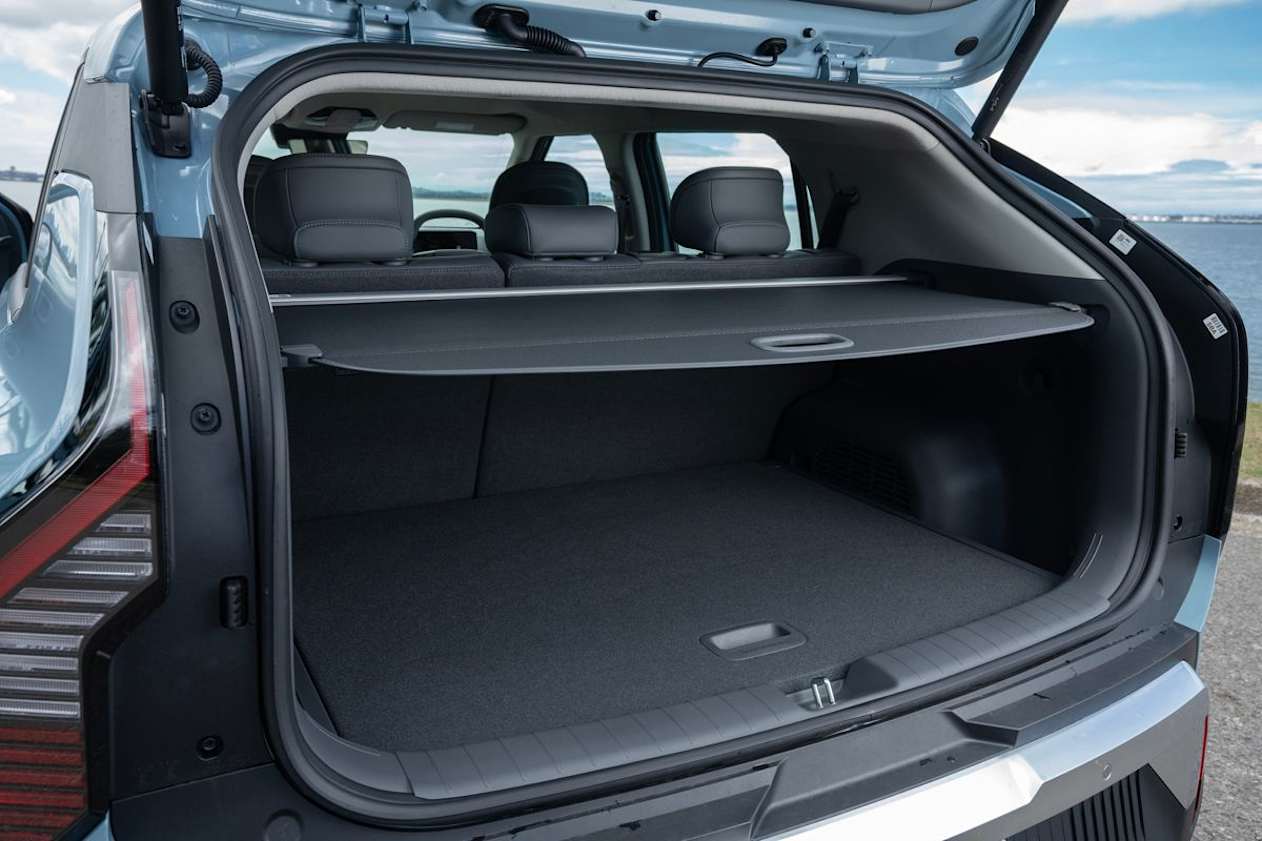
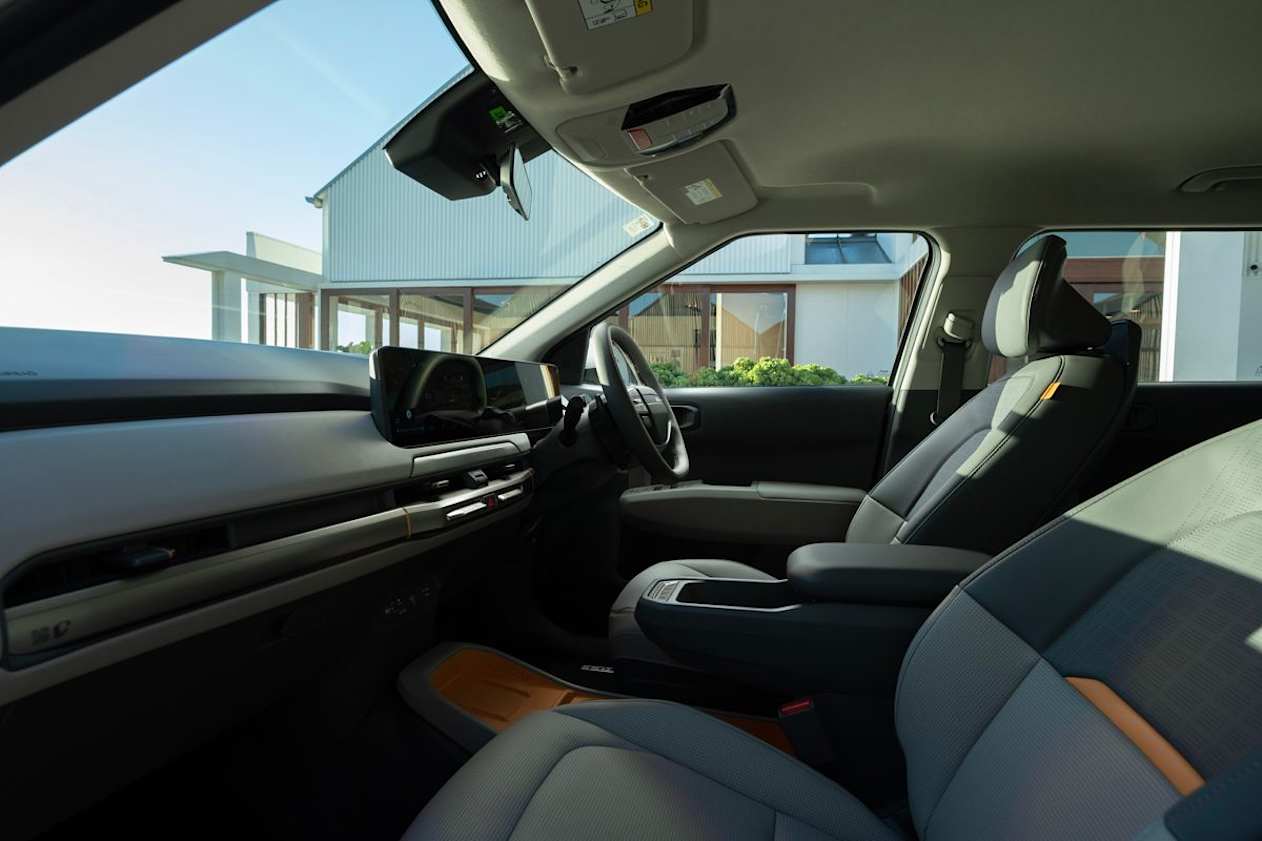
























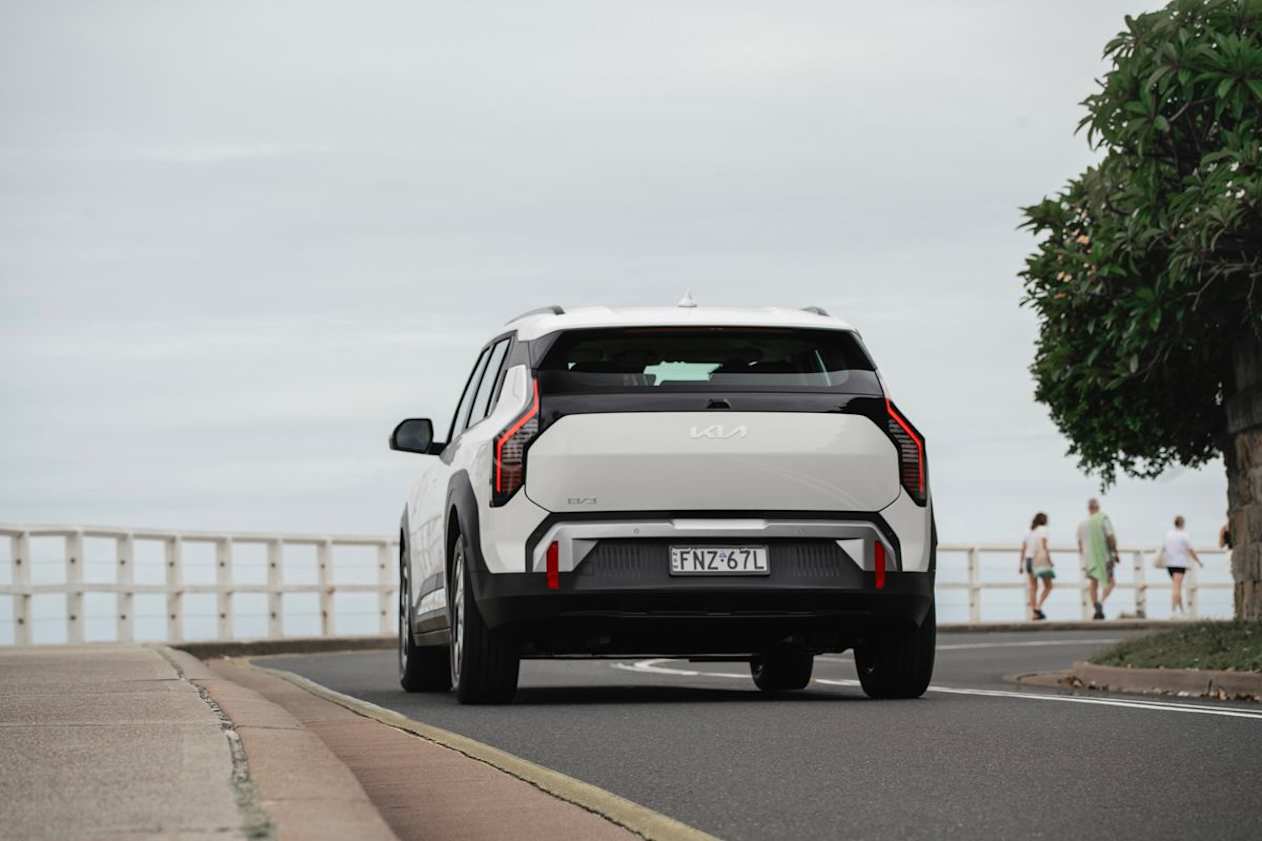
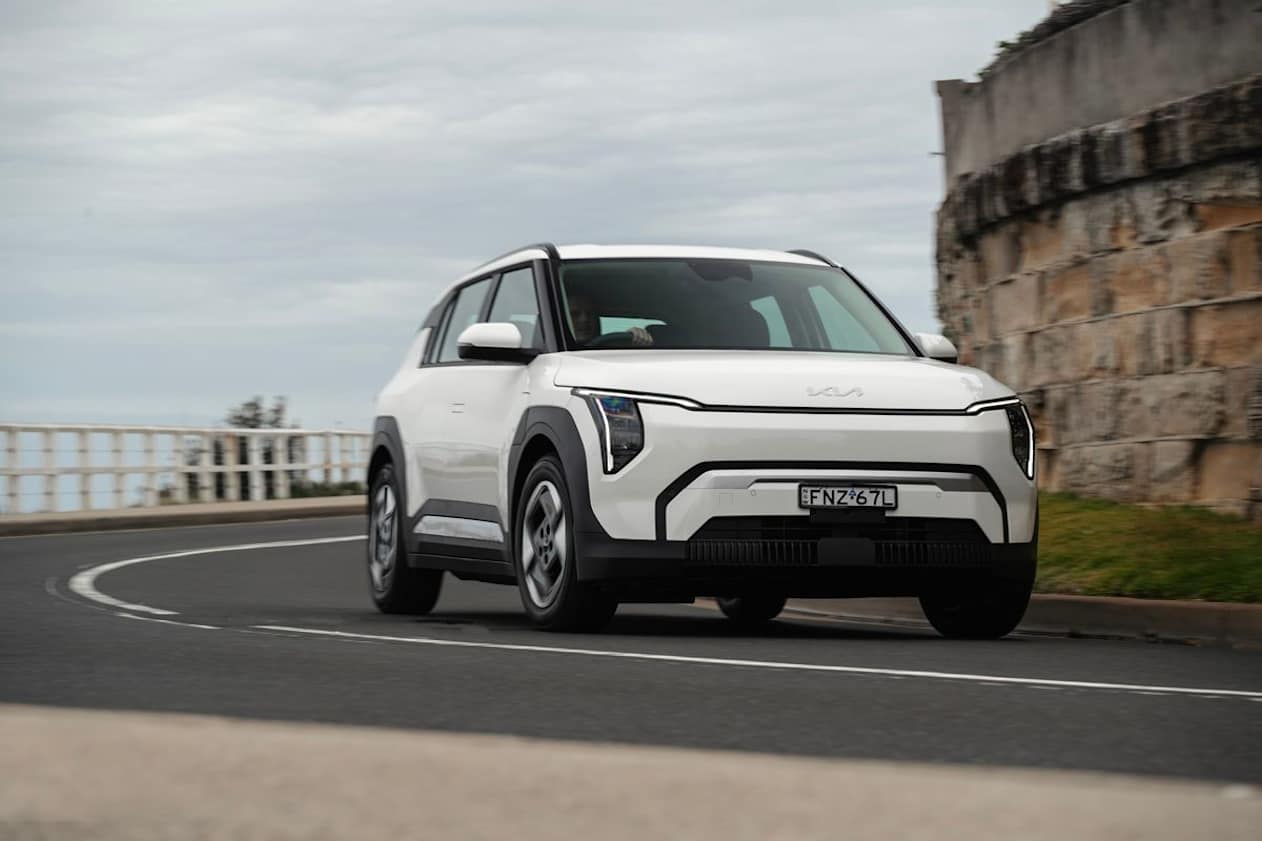
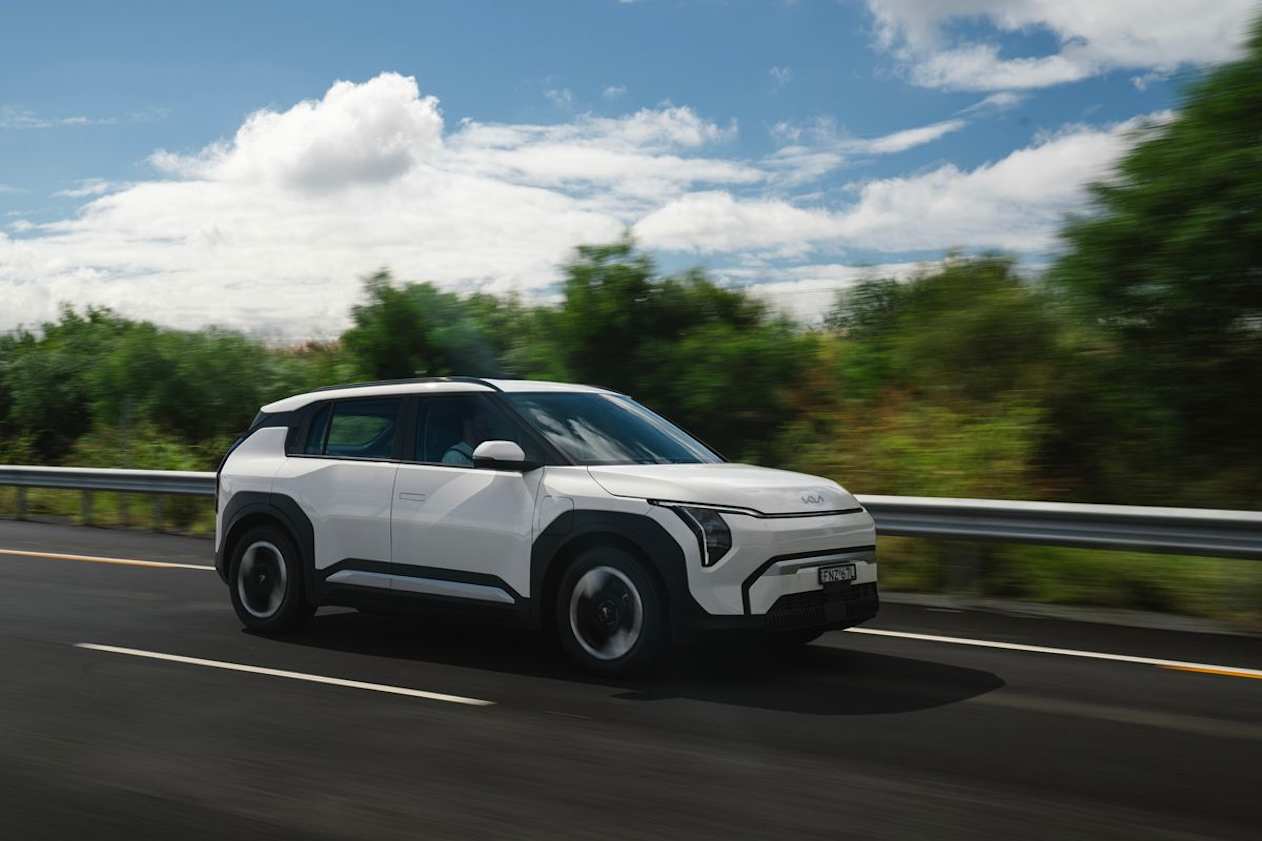

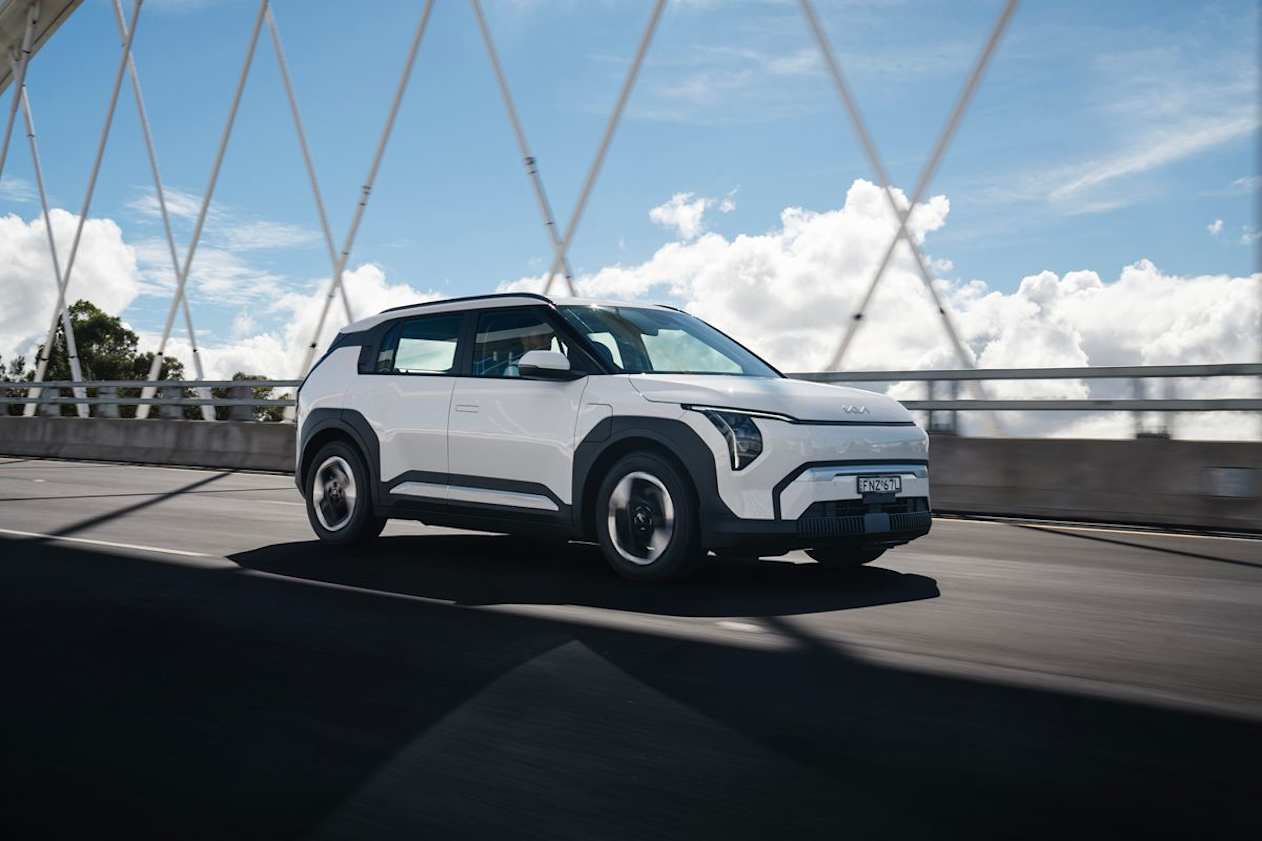






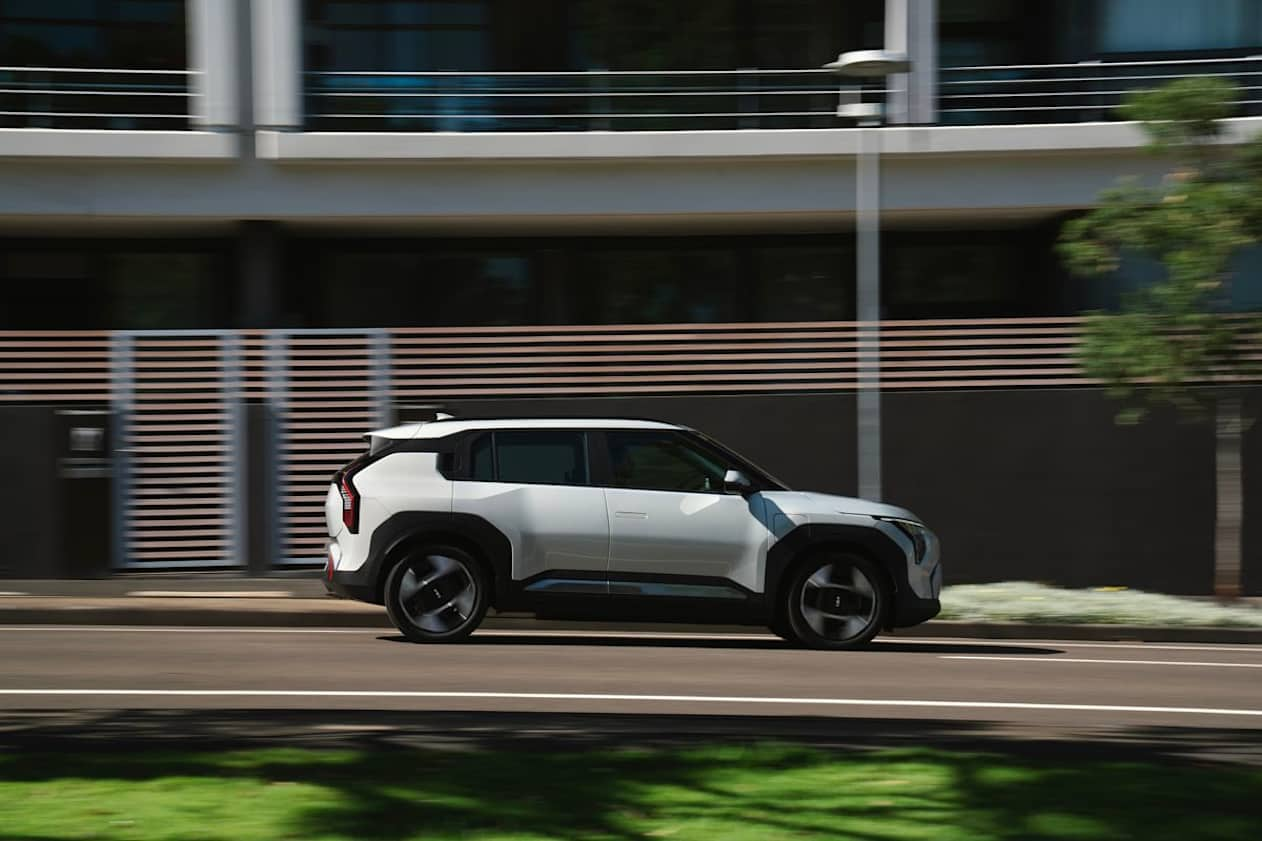

















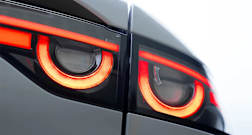
.jpg)
.png)





.png)

.png)
.png)





.png)



.png)












.png)
.png)





.png)
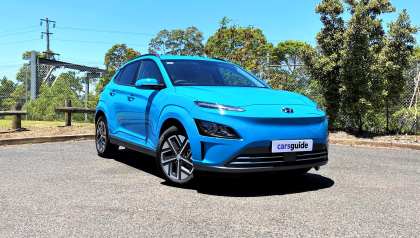

.jpg)